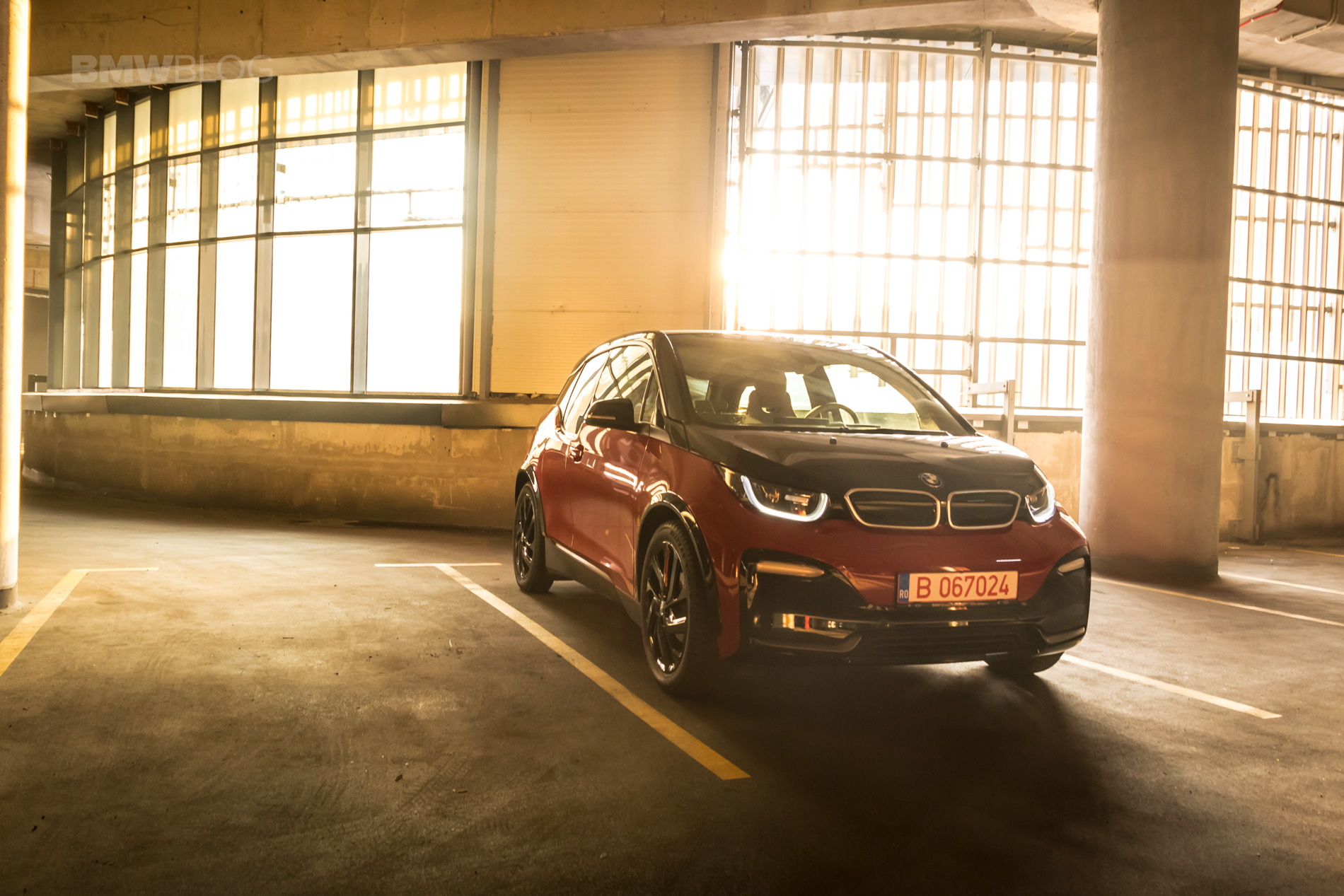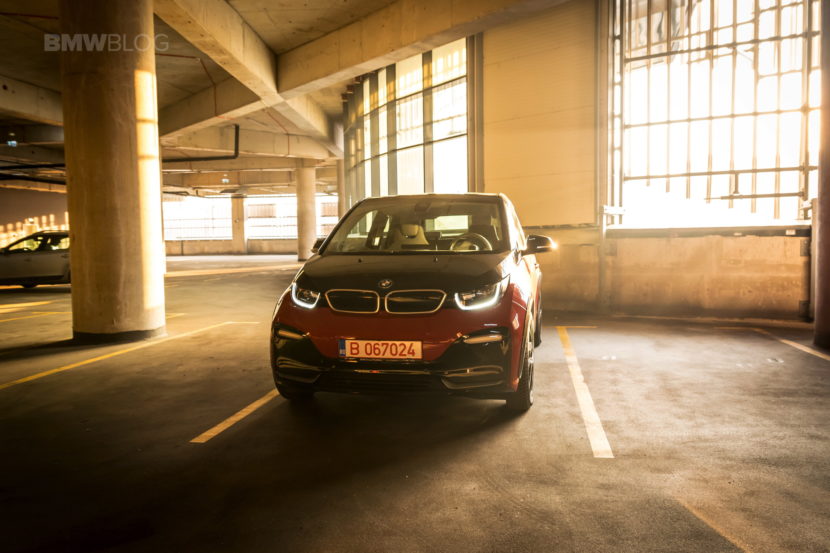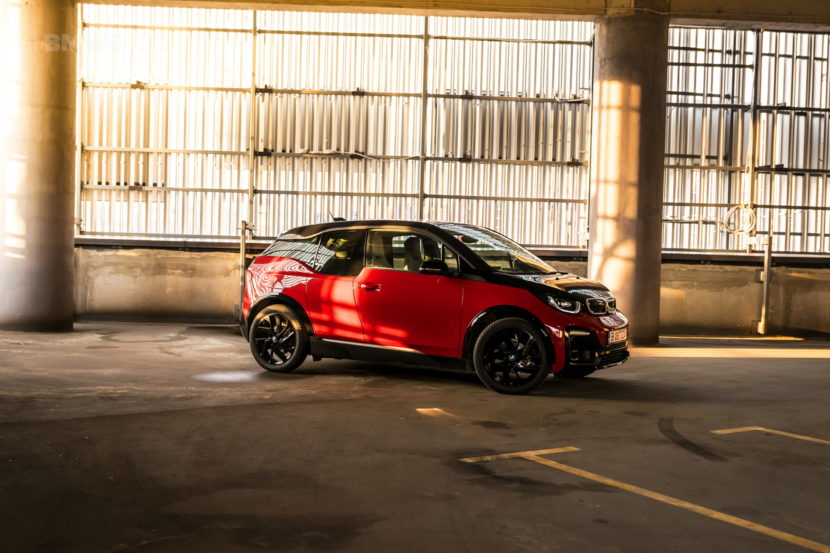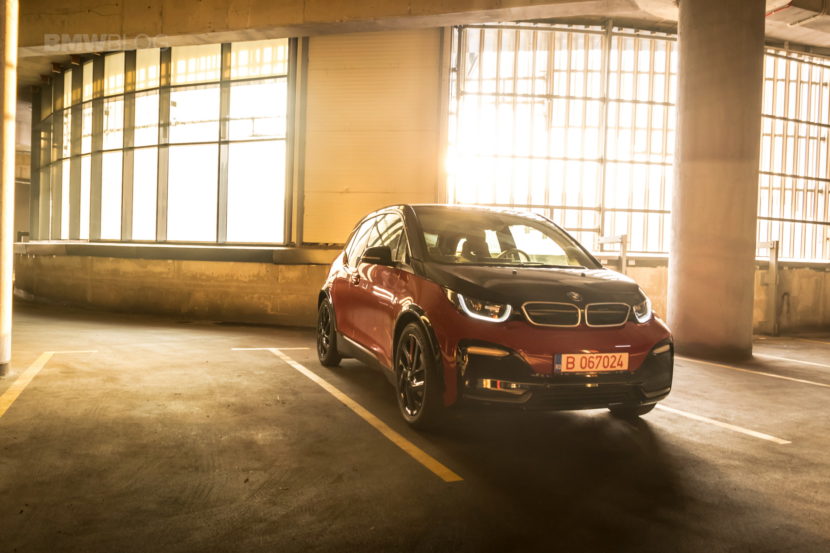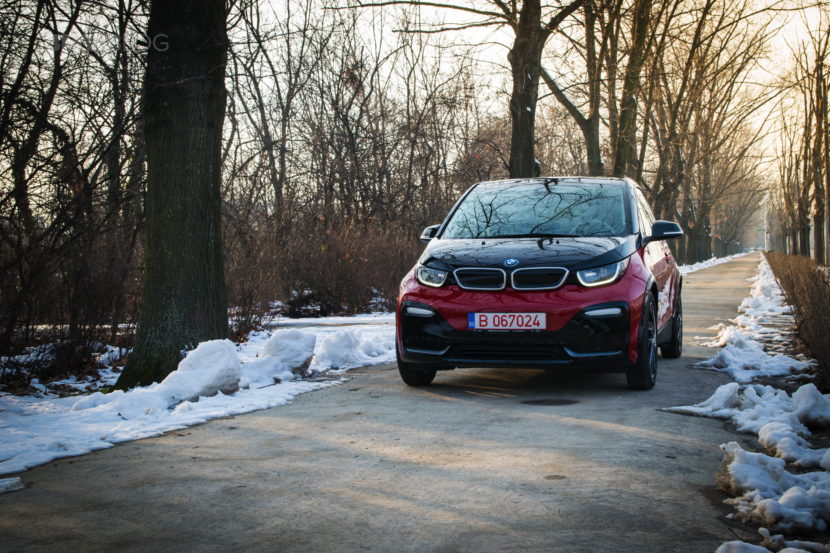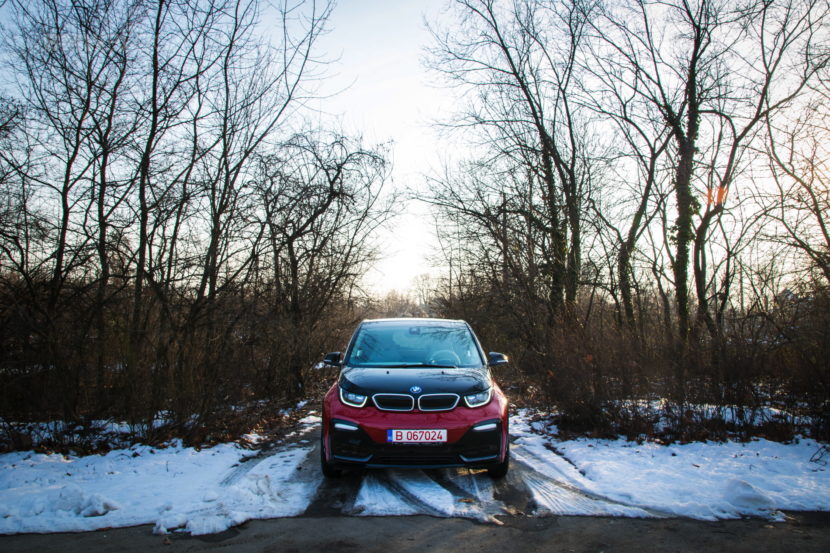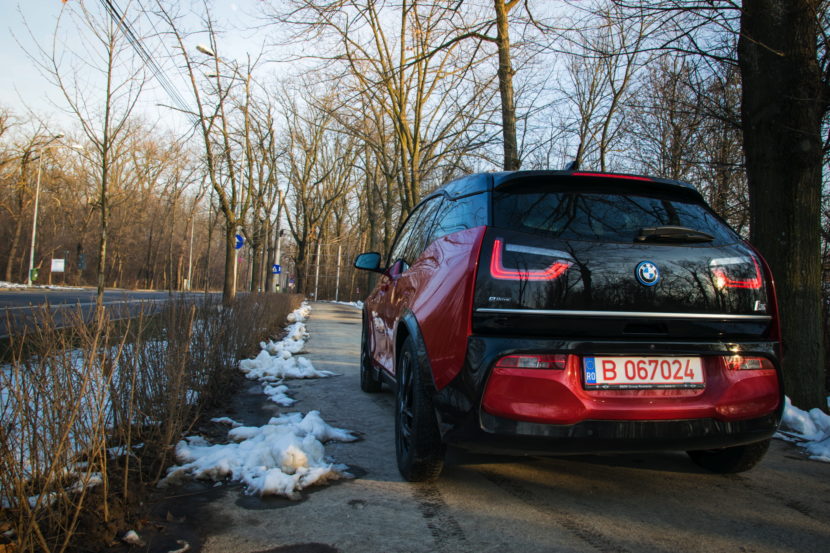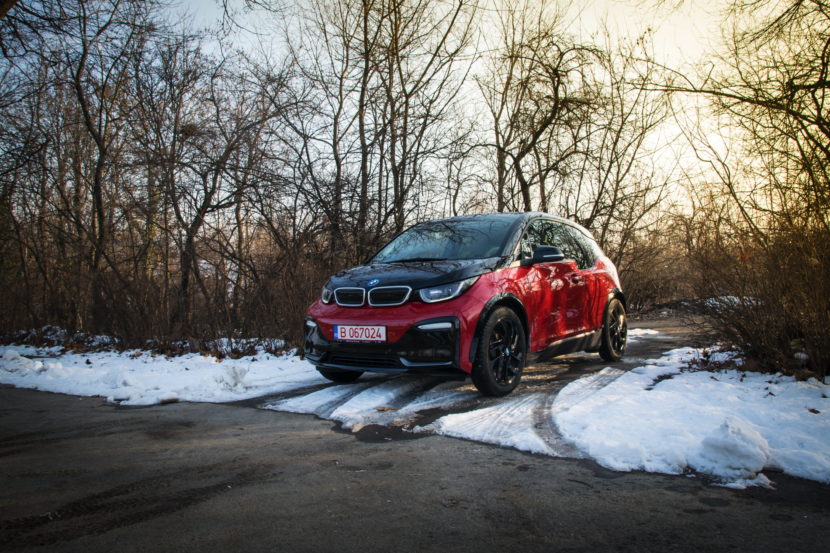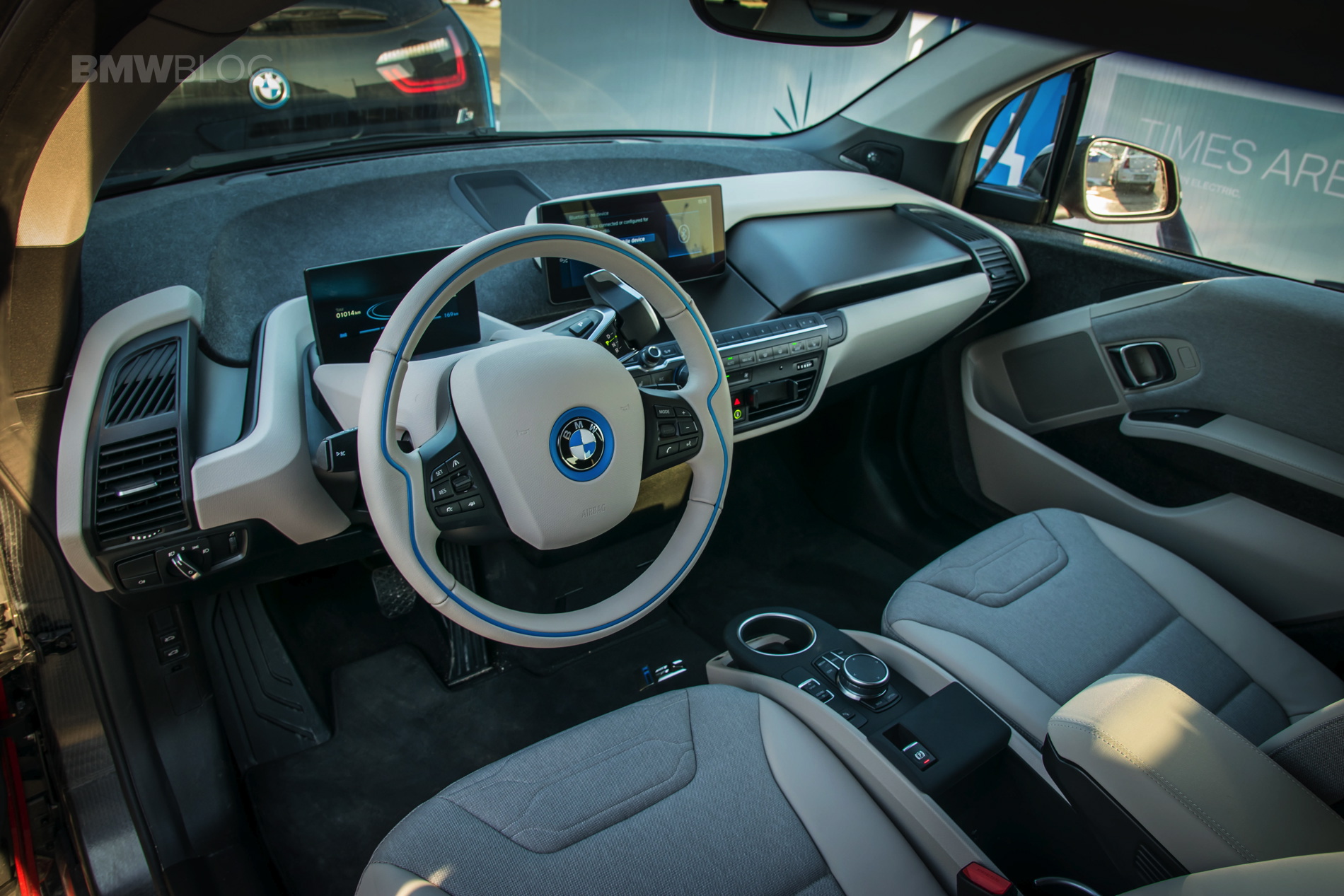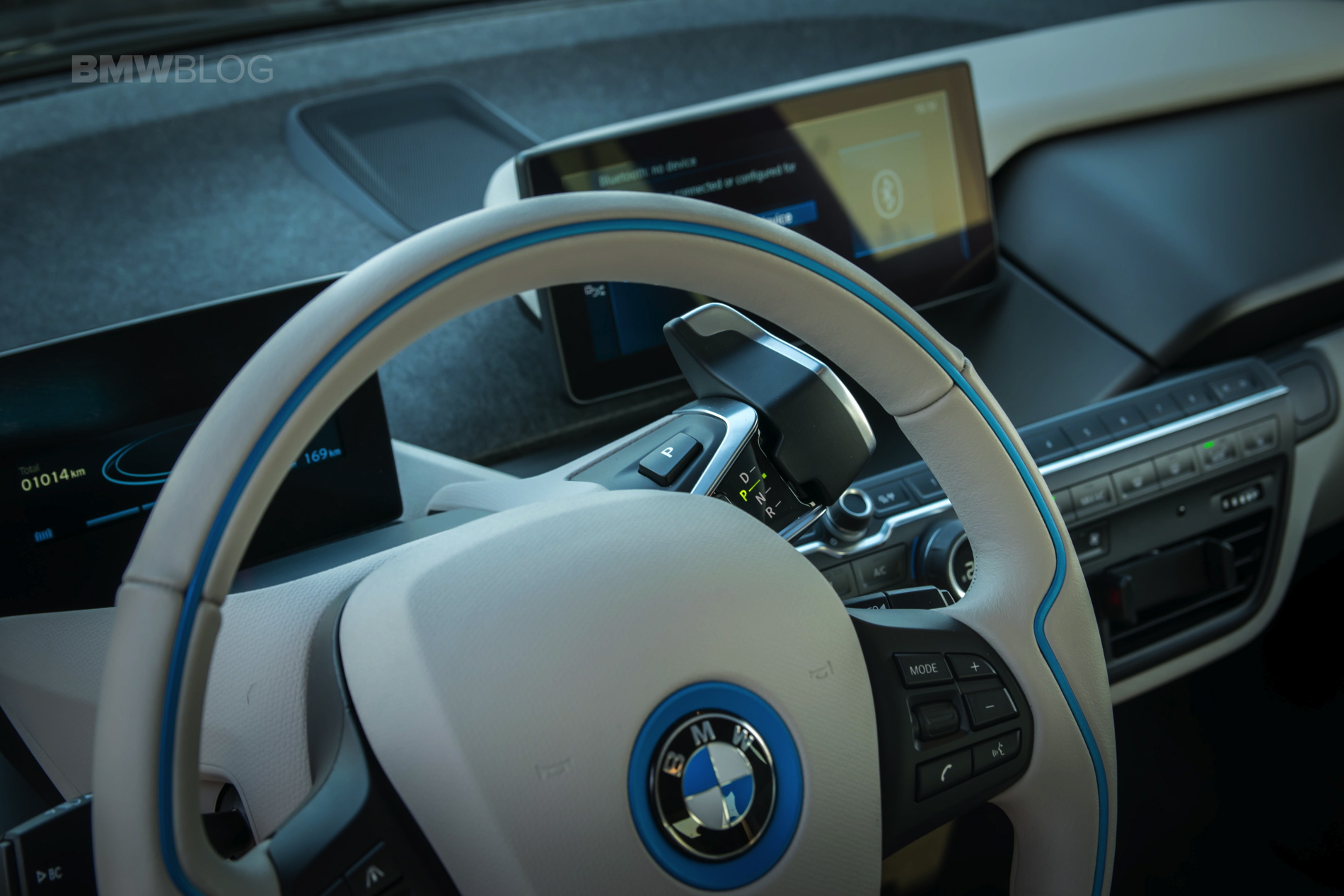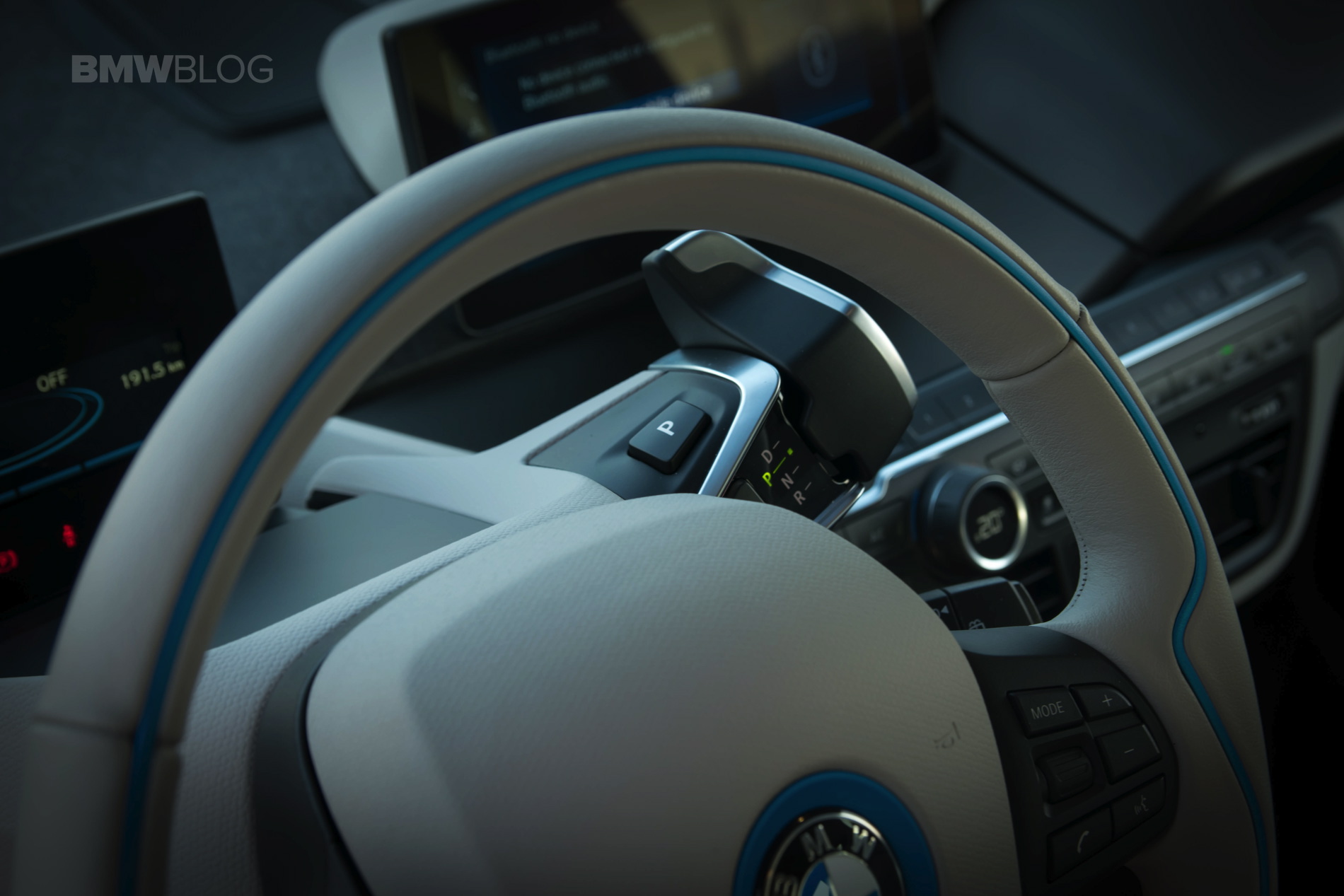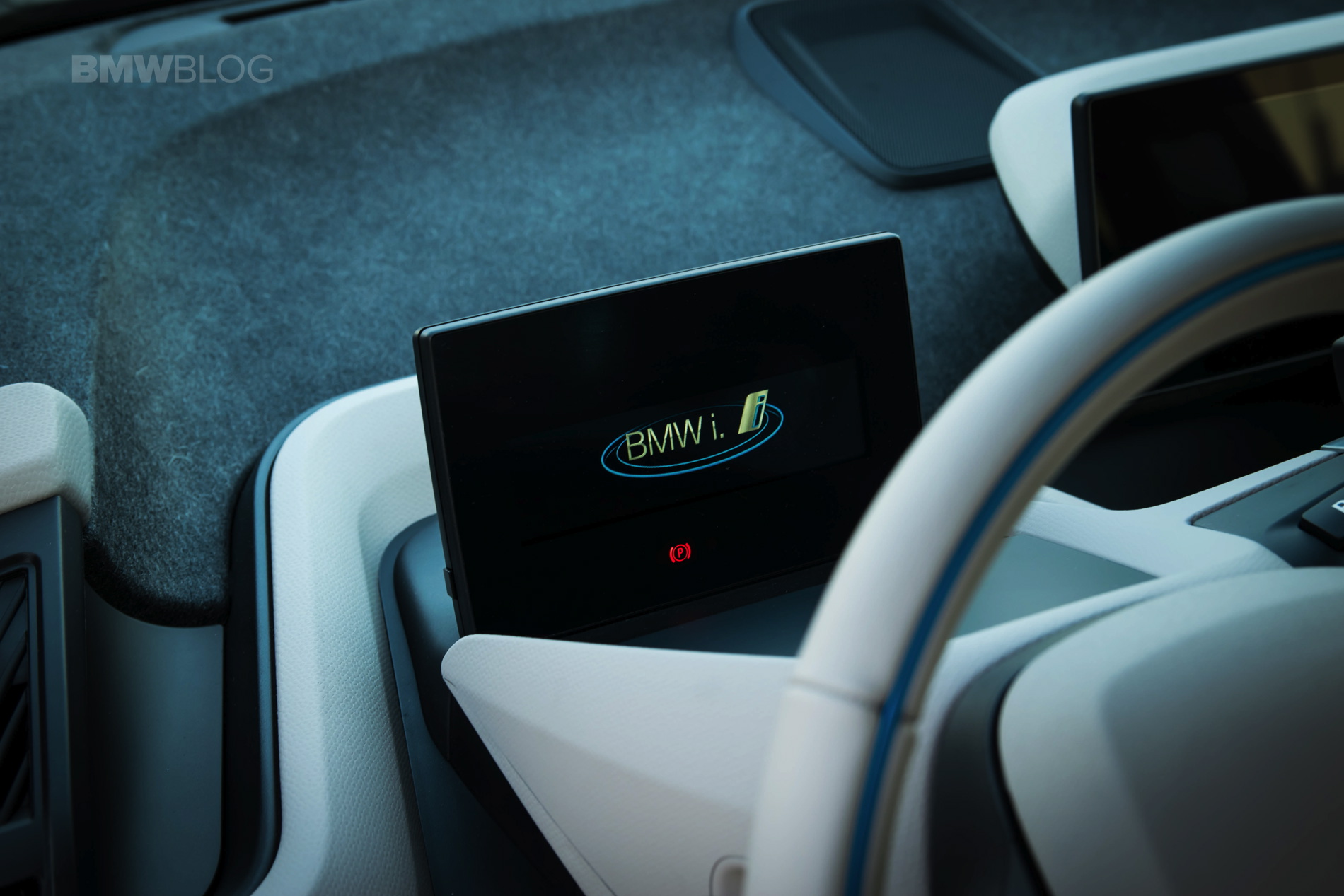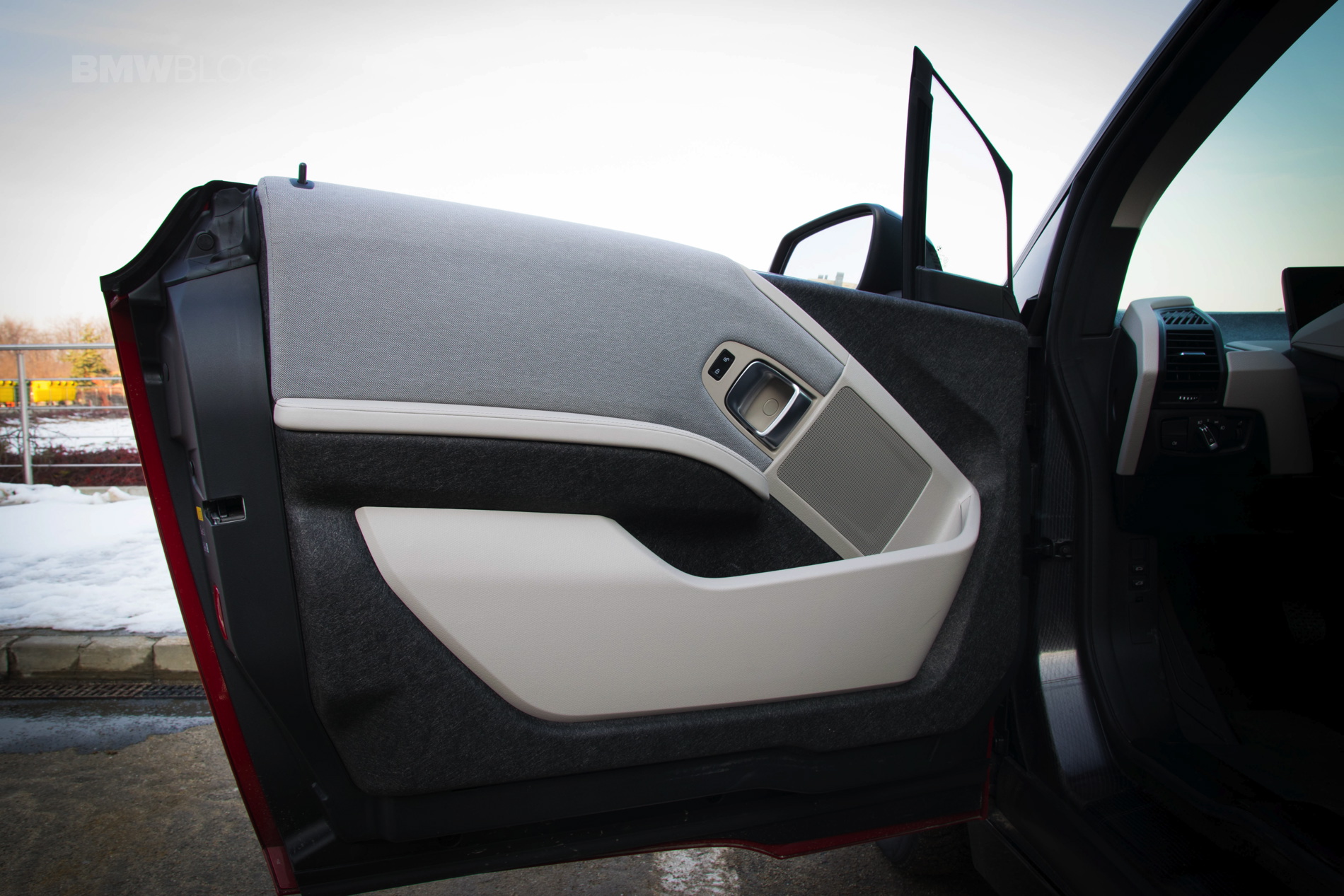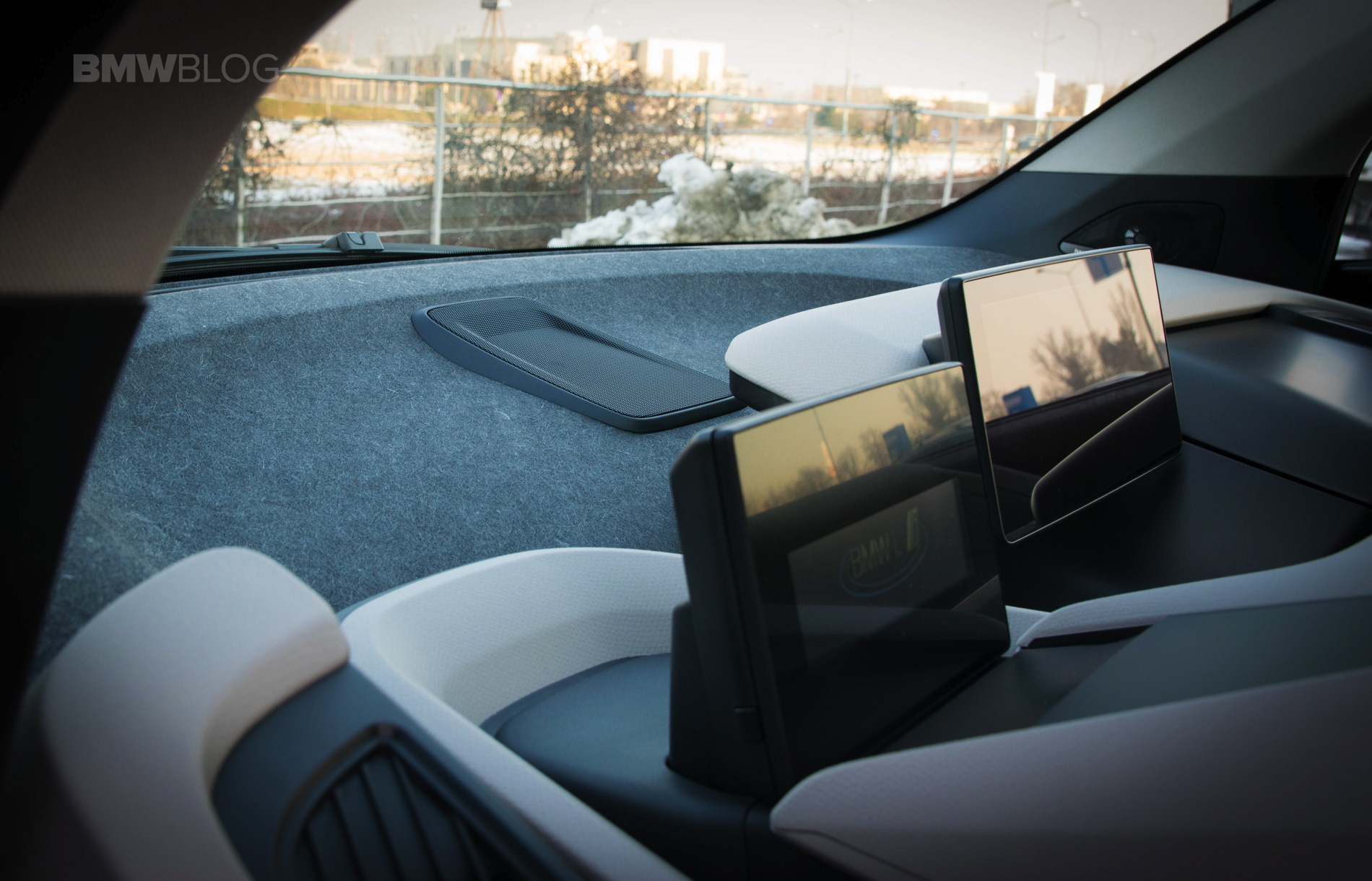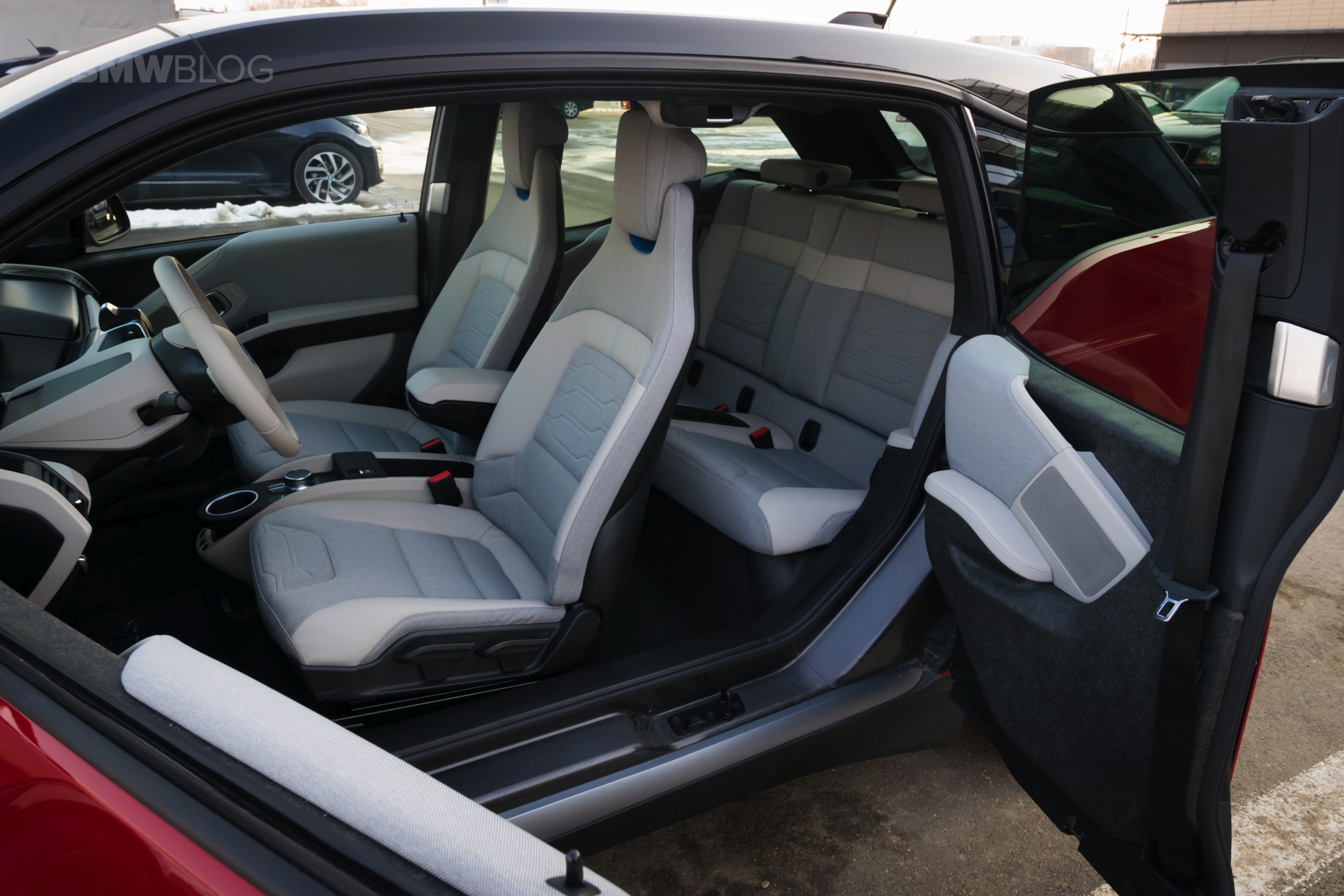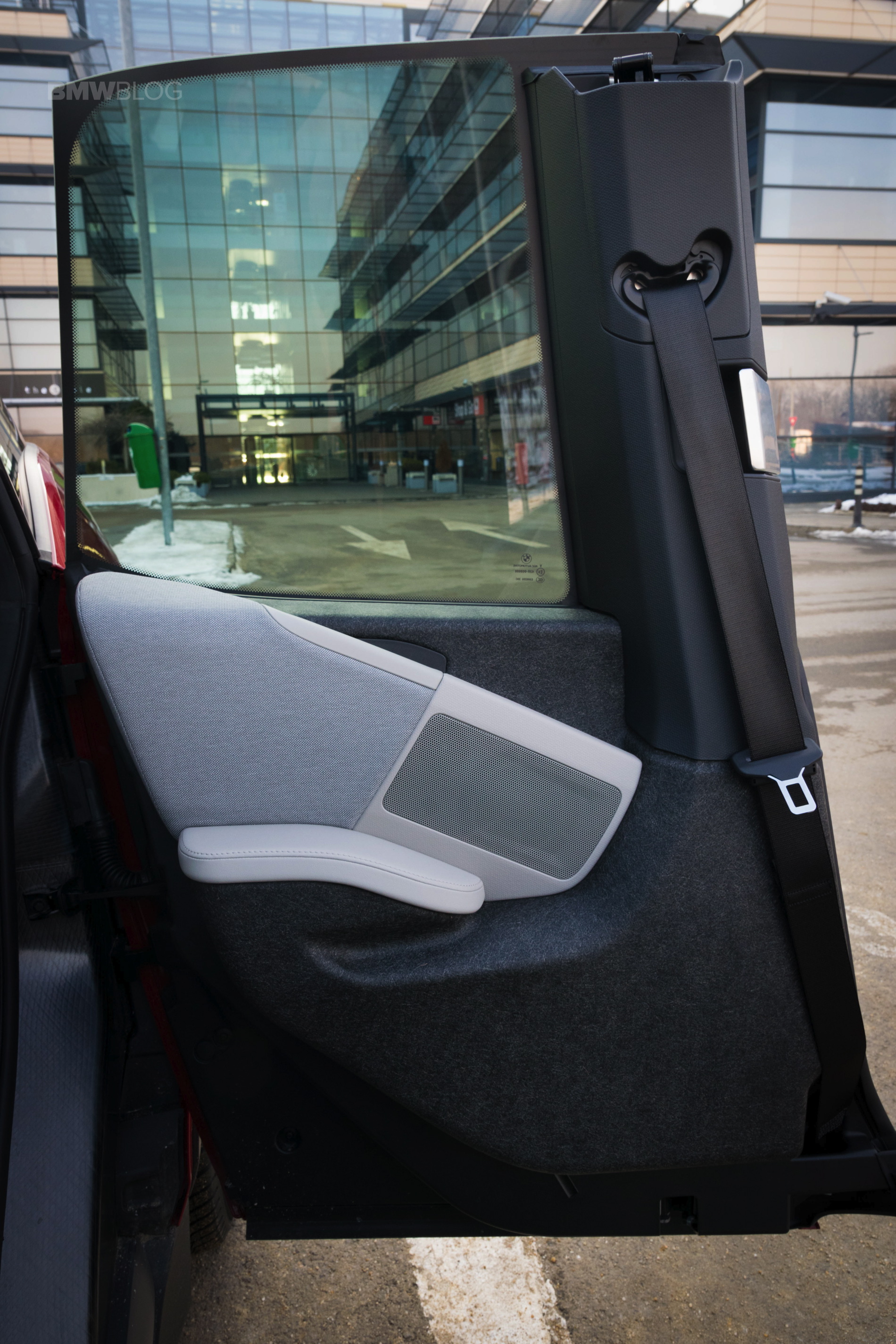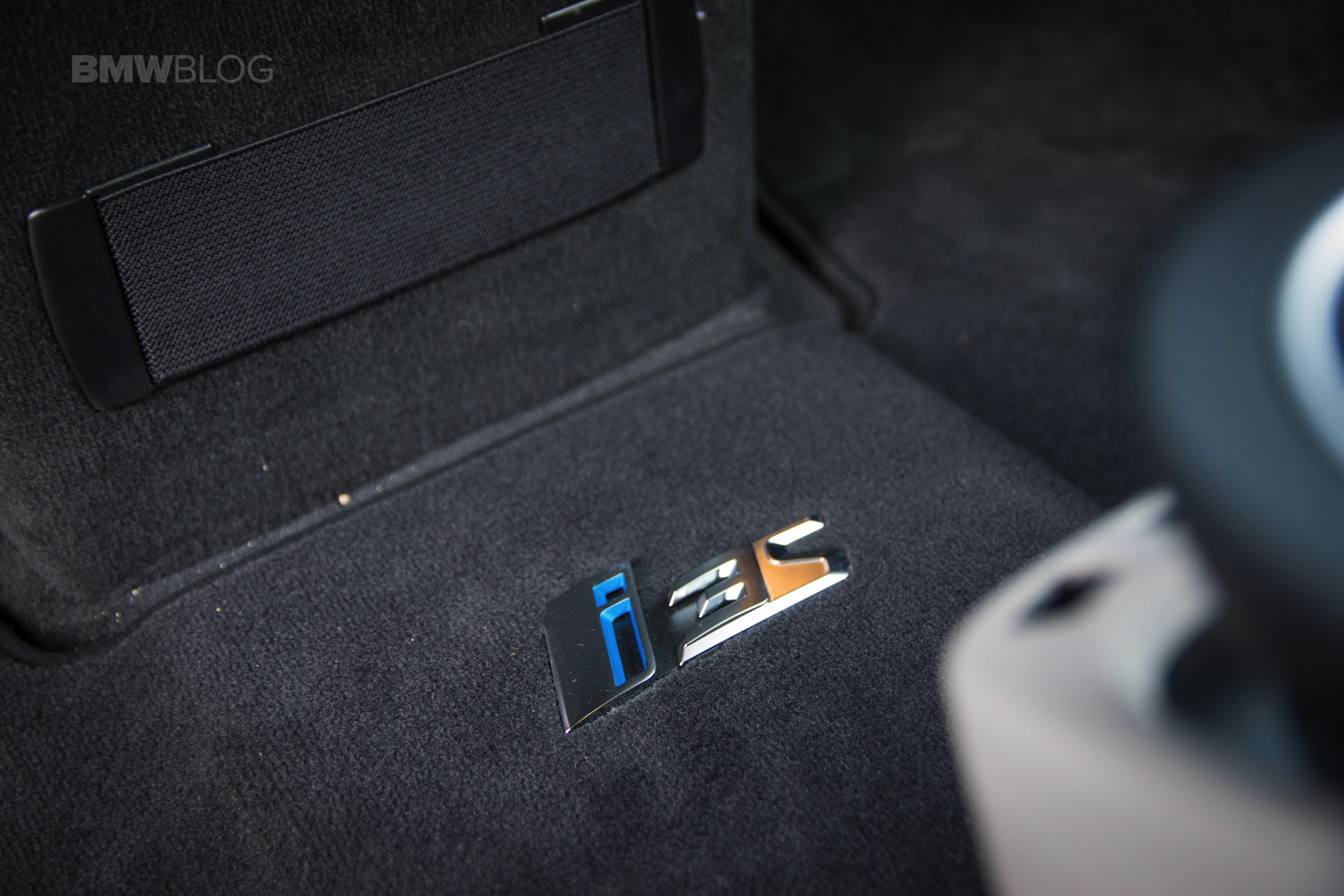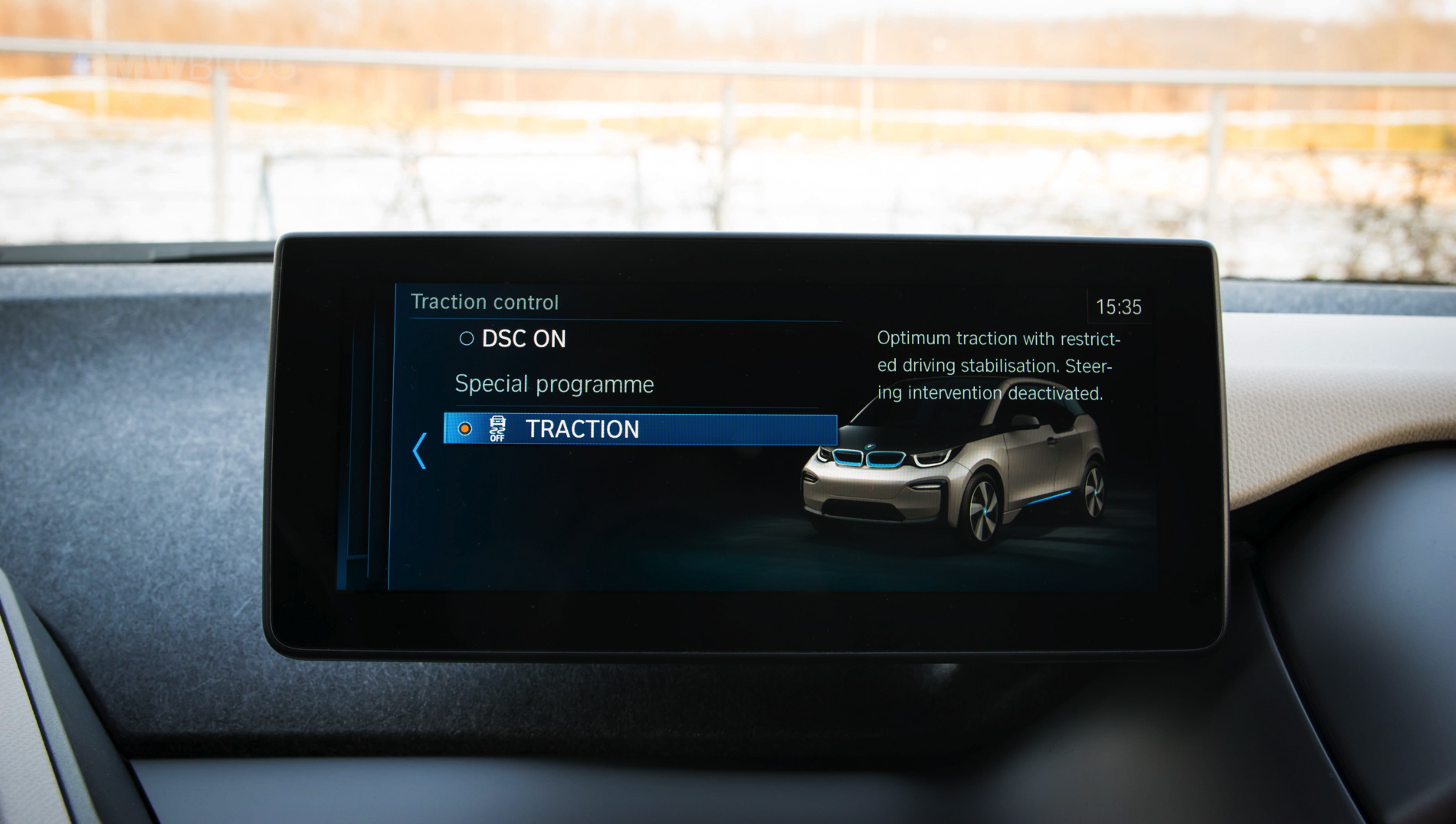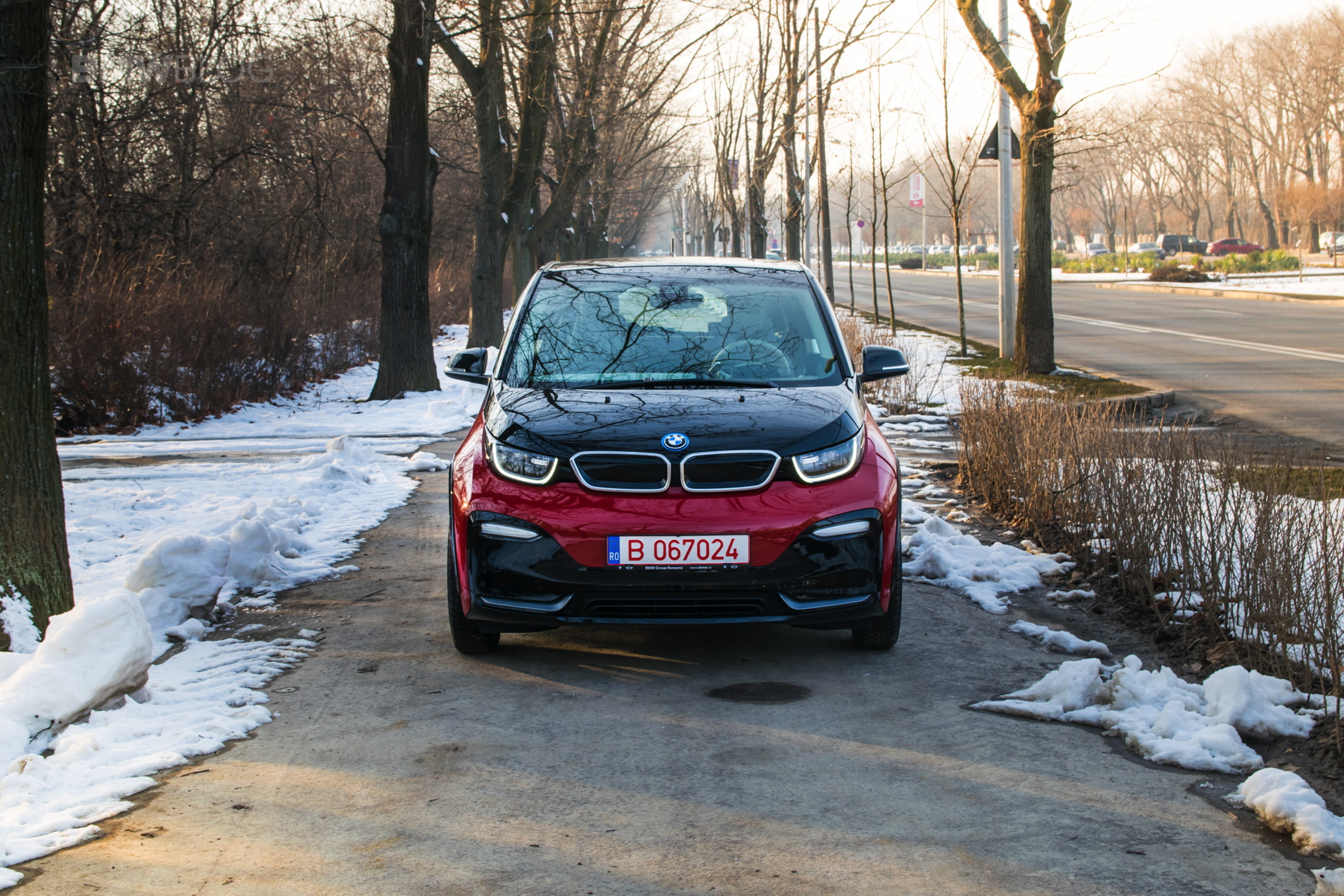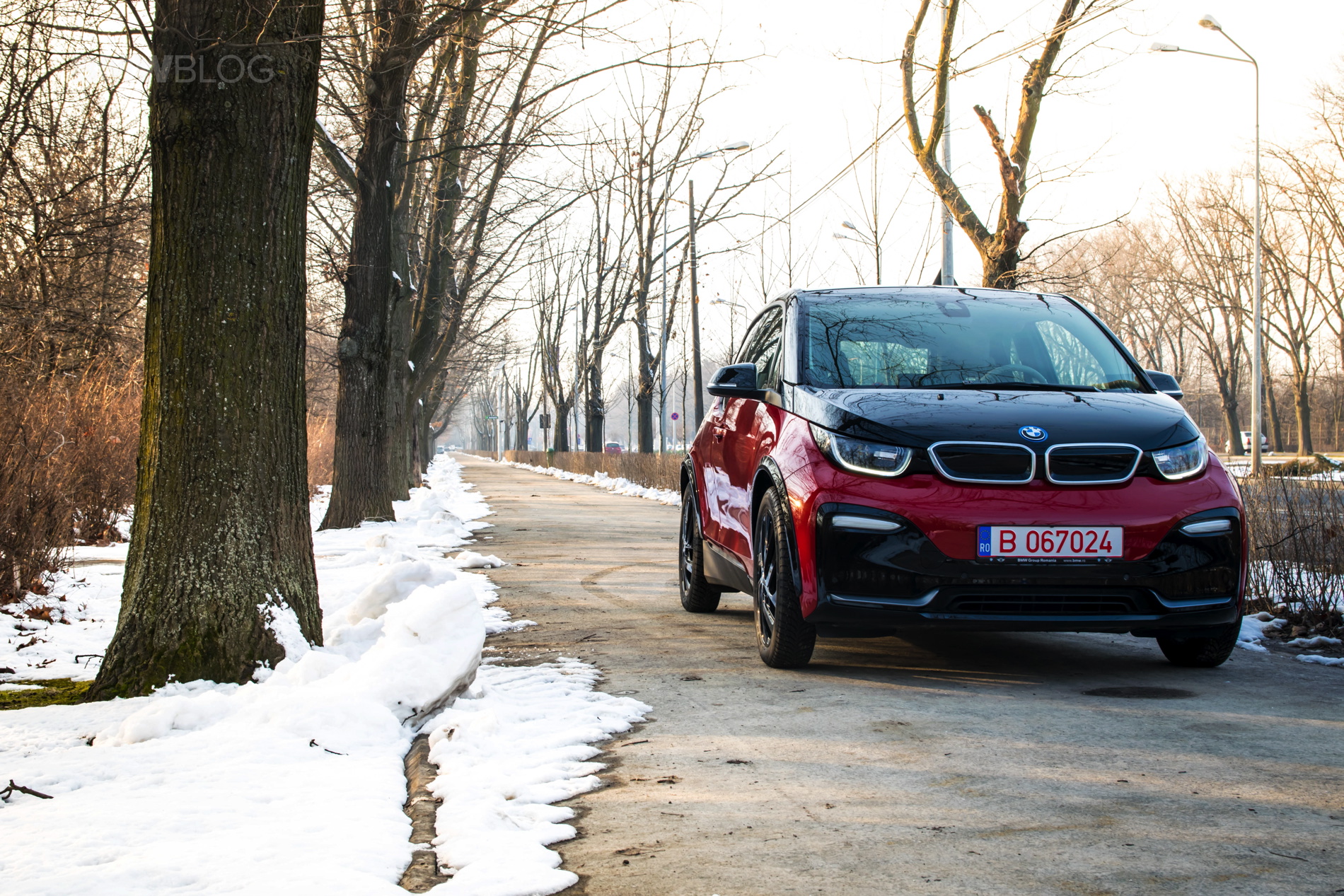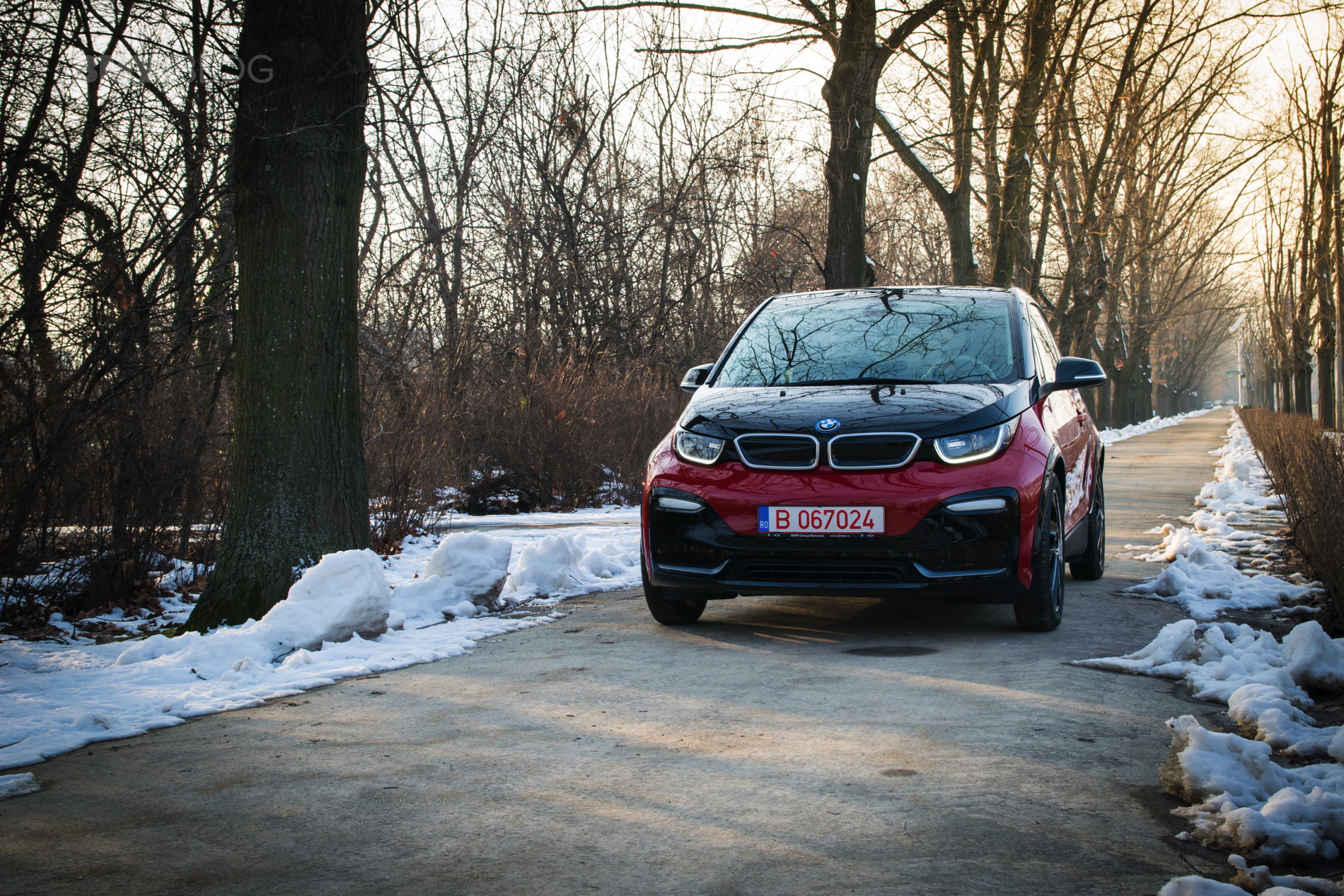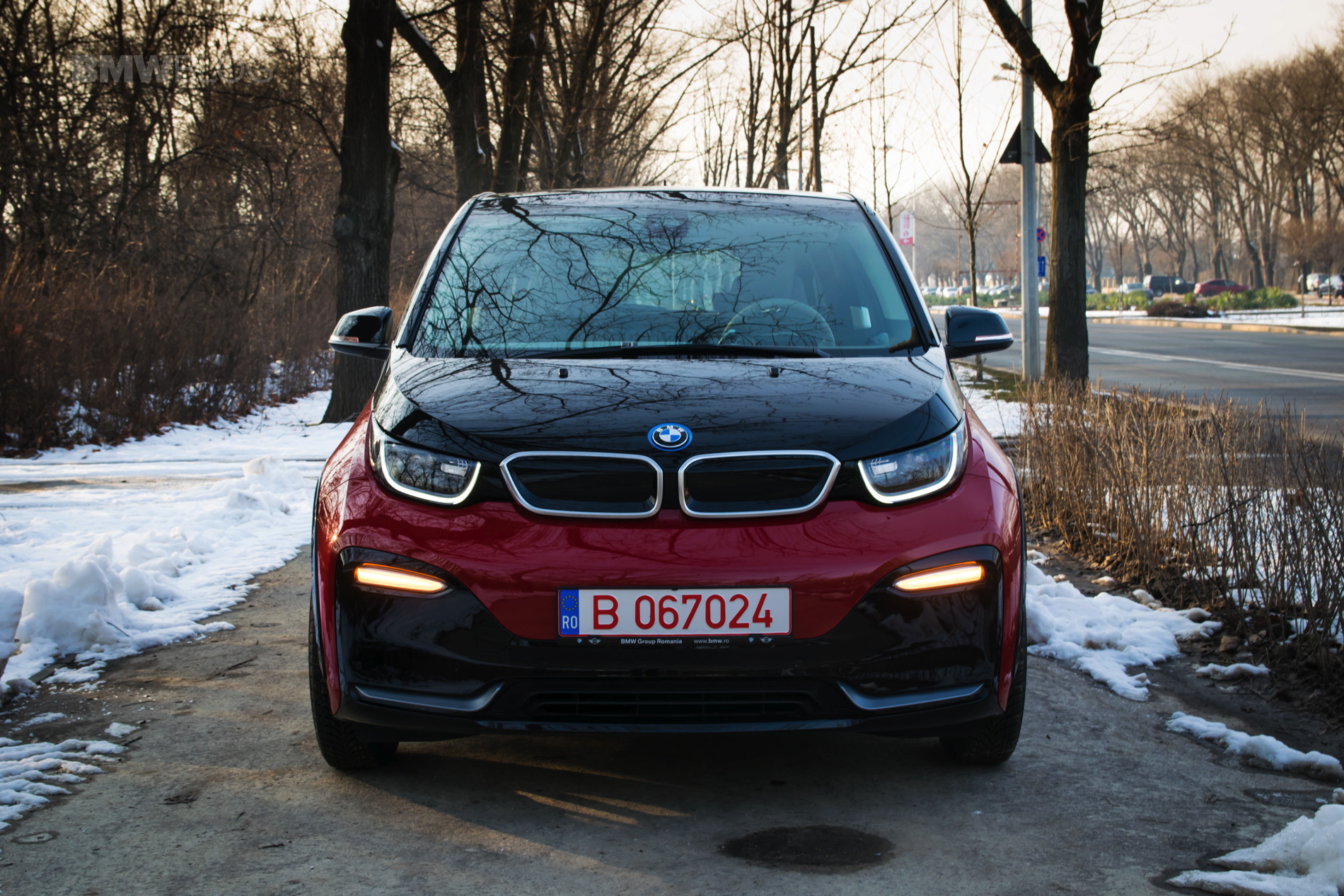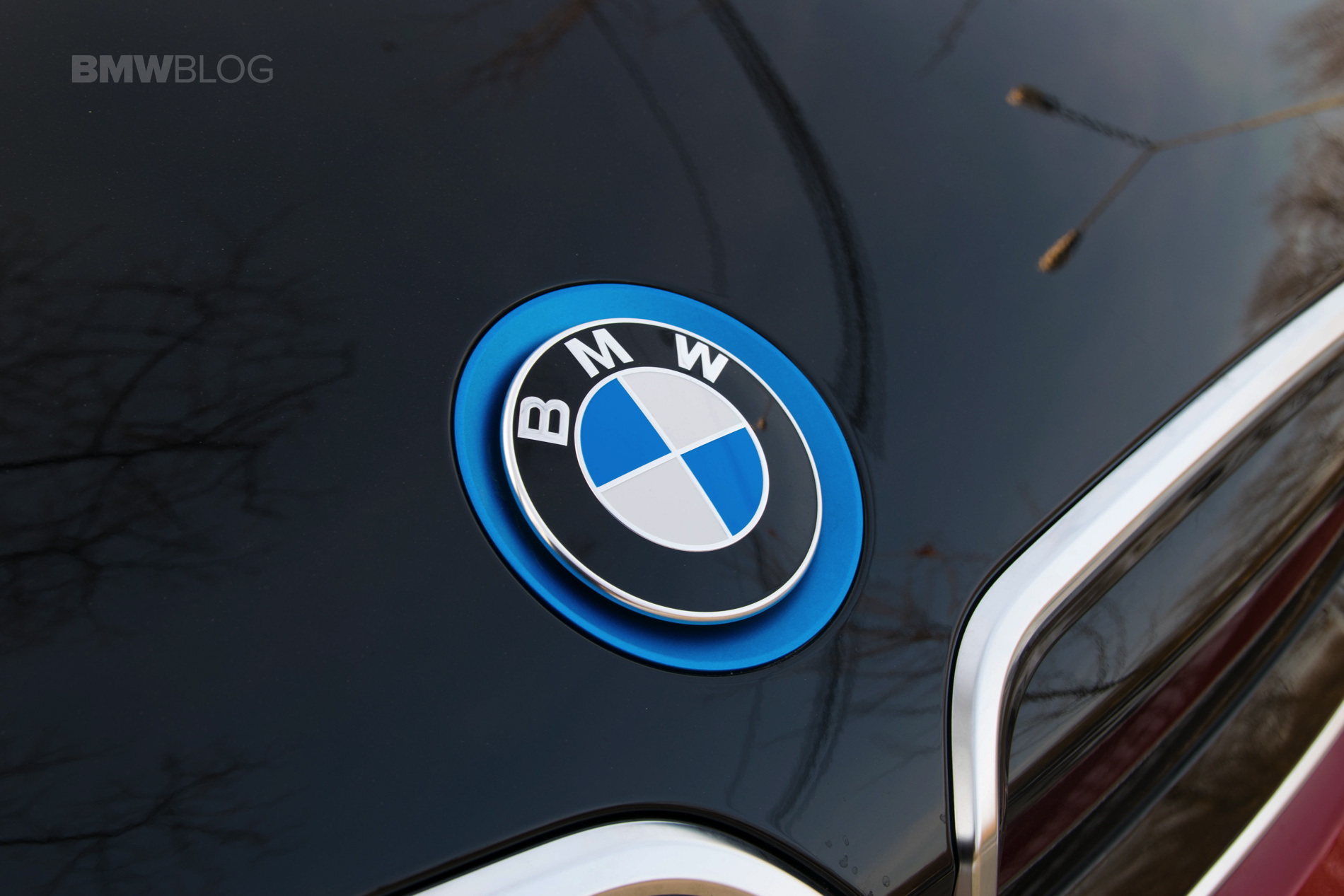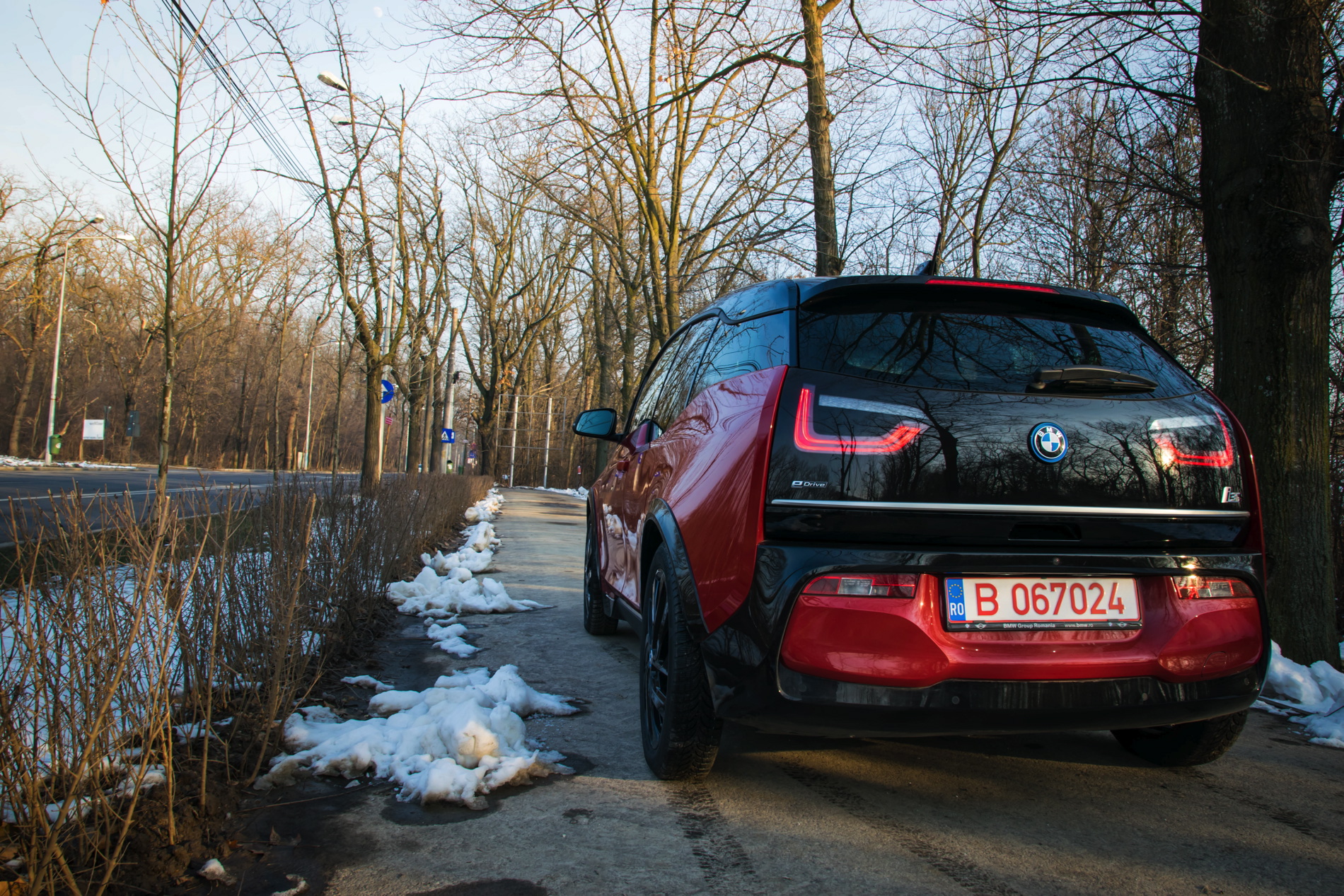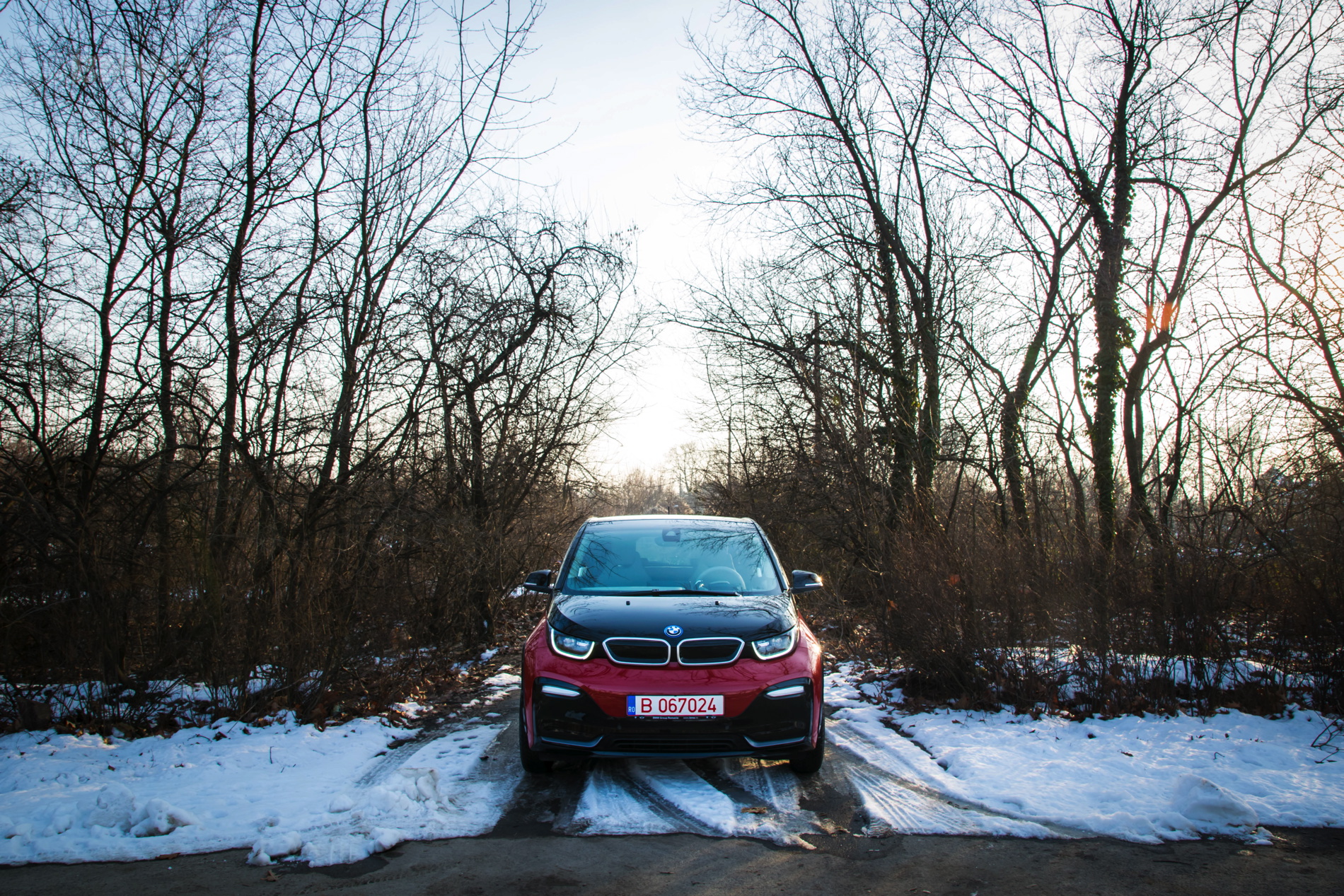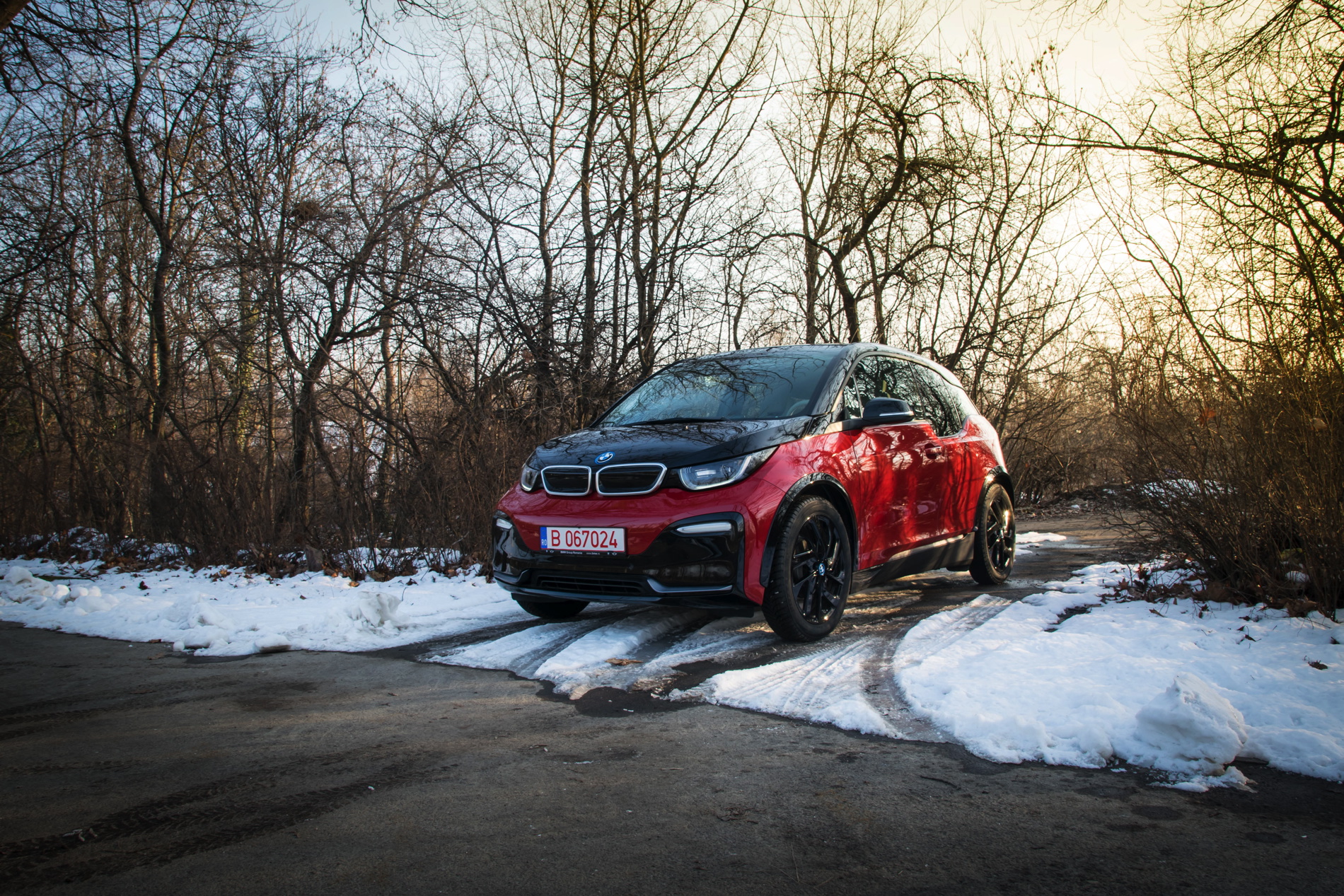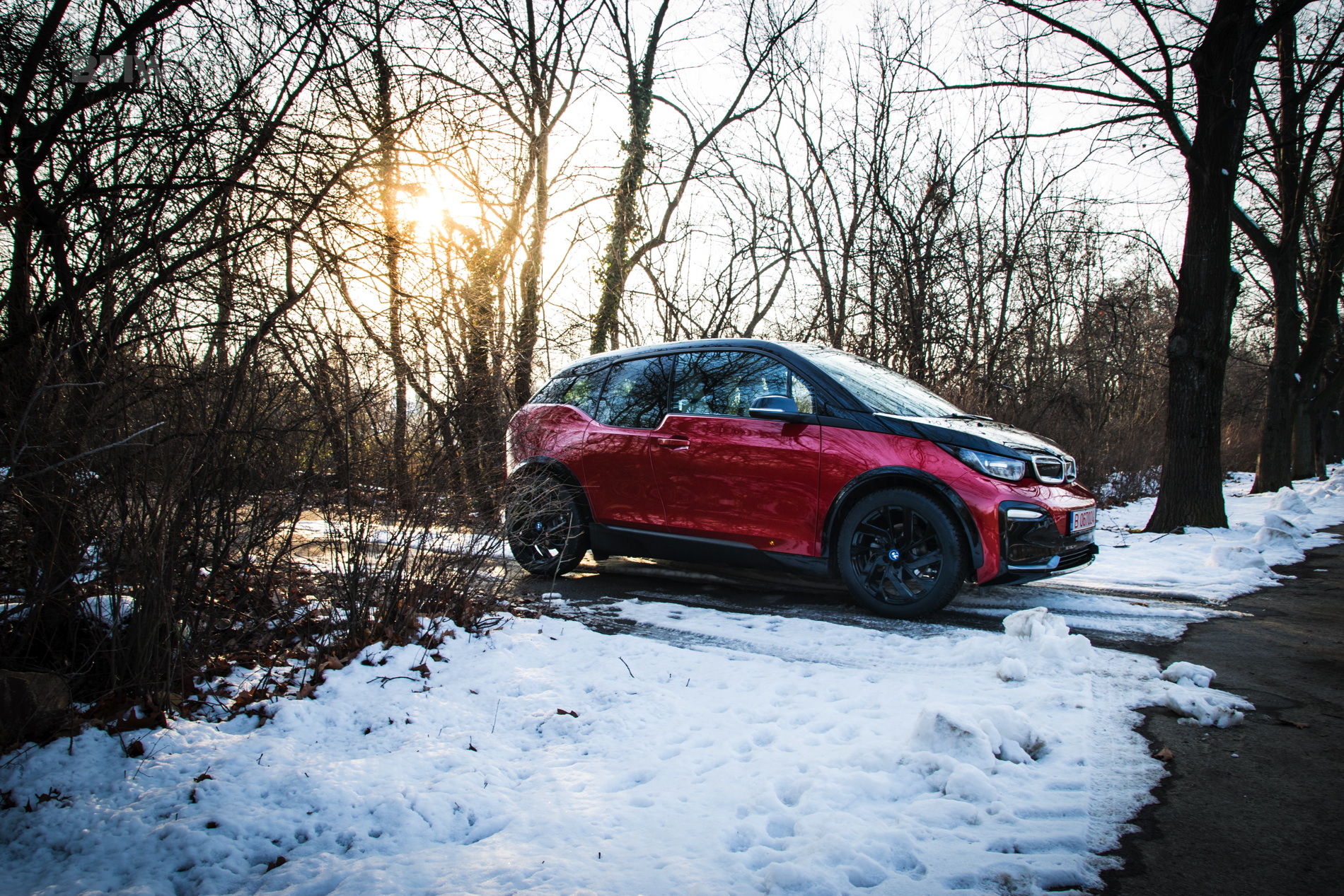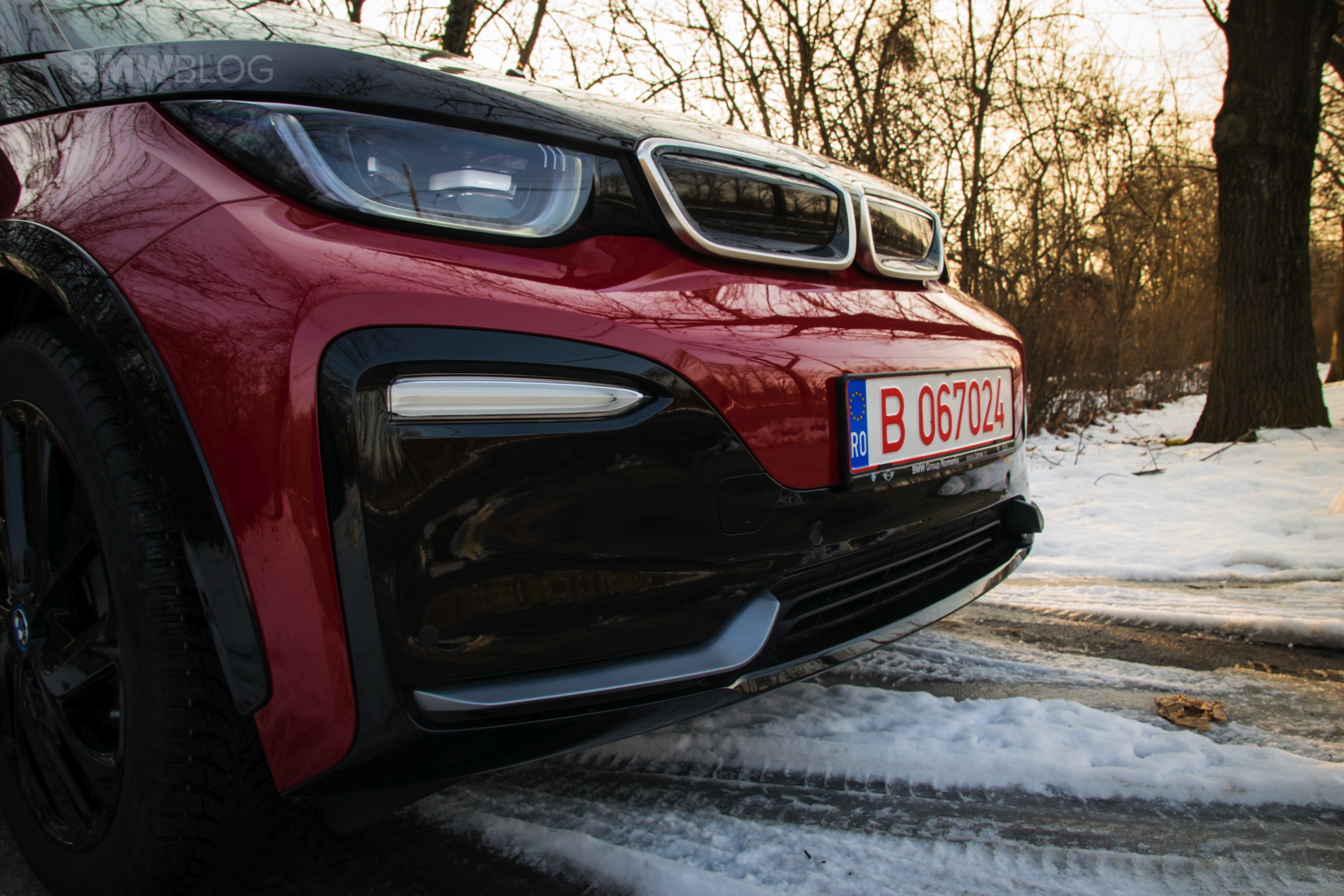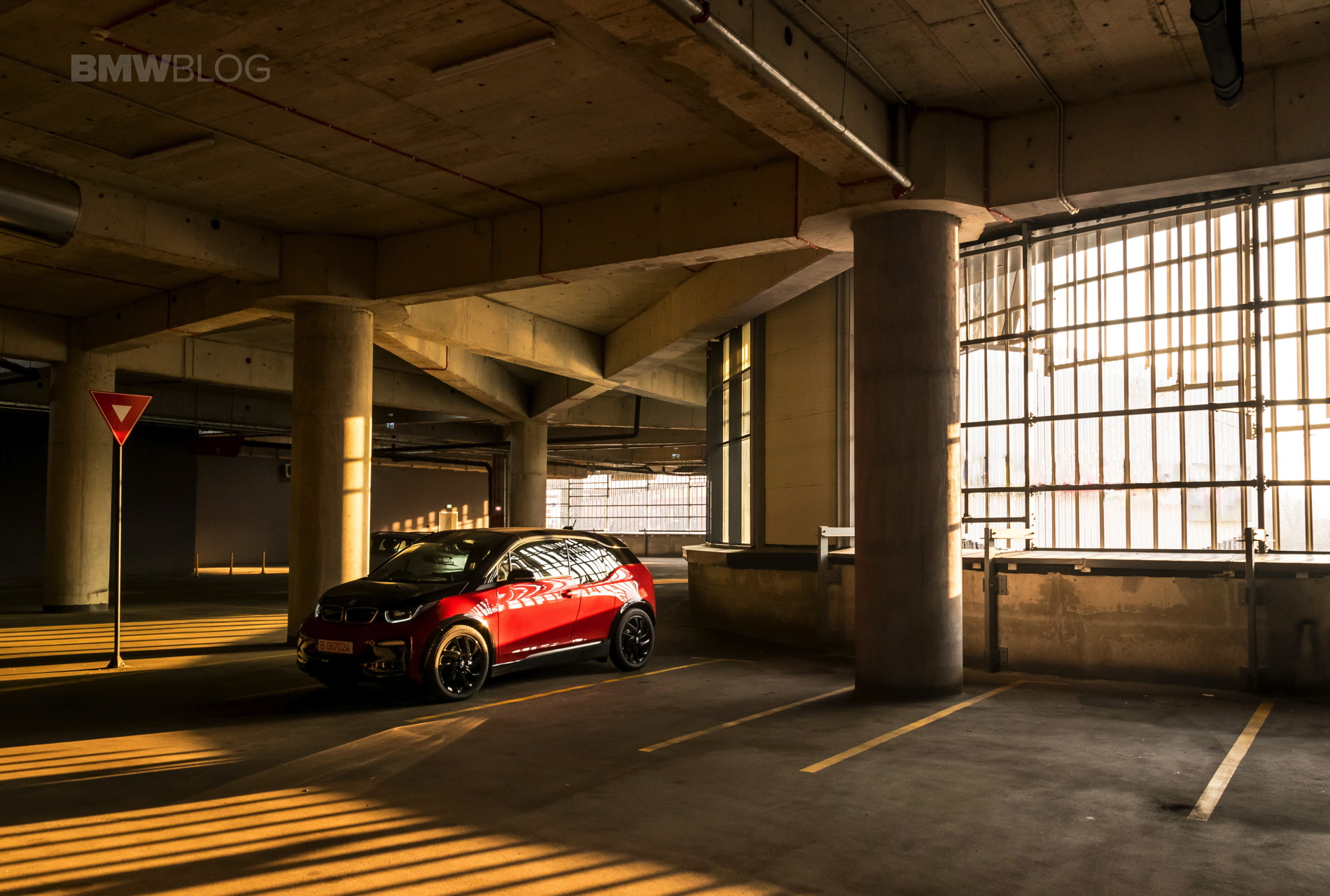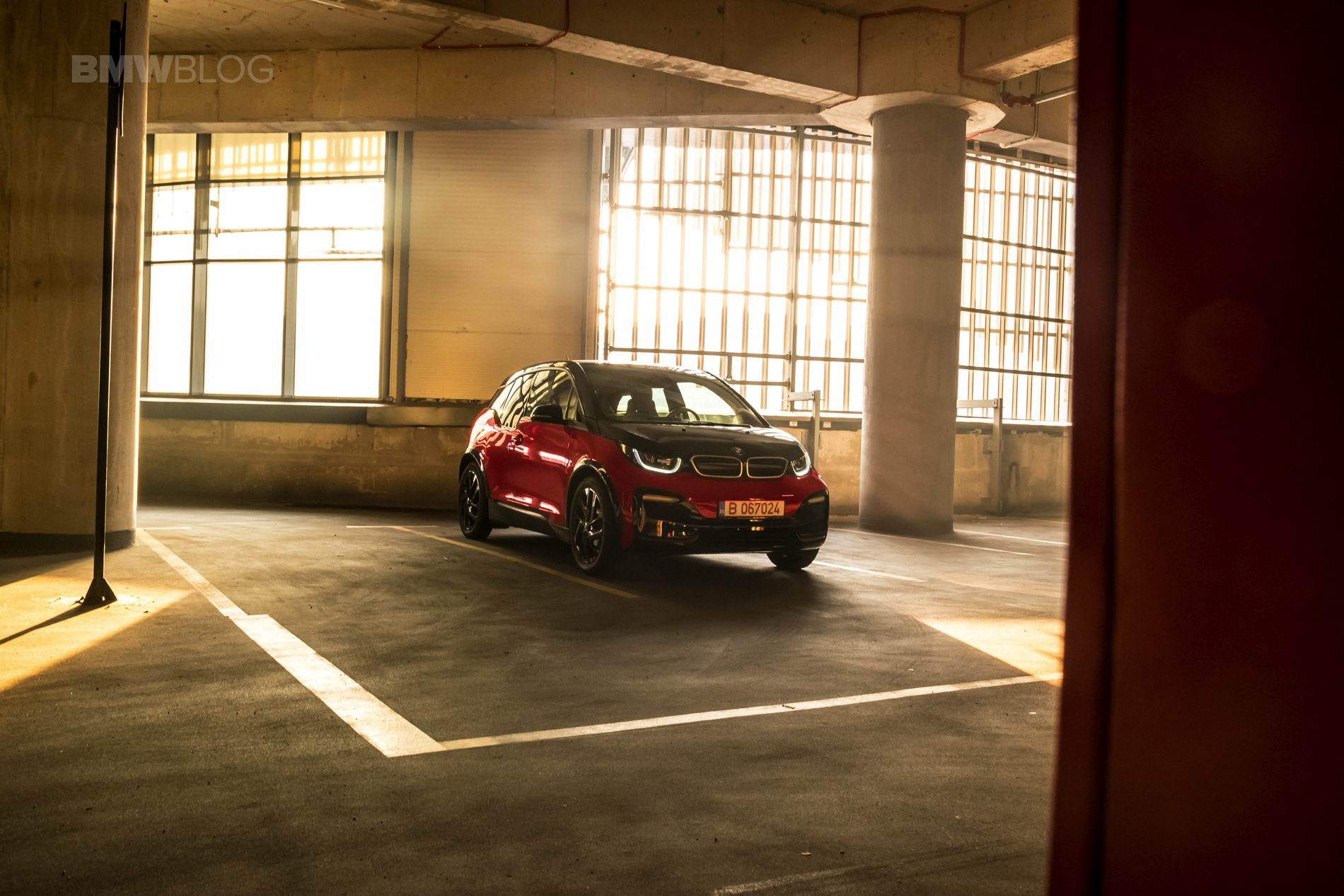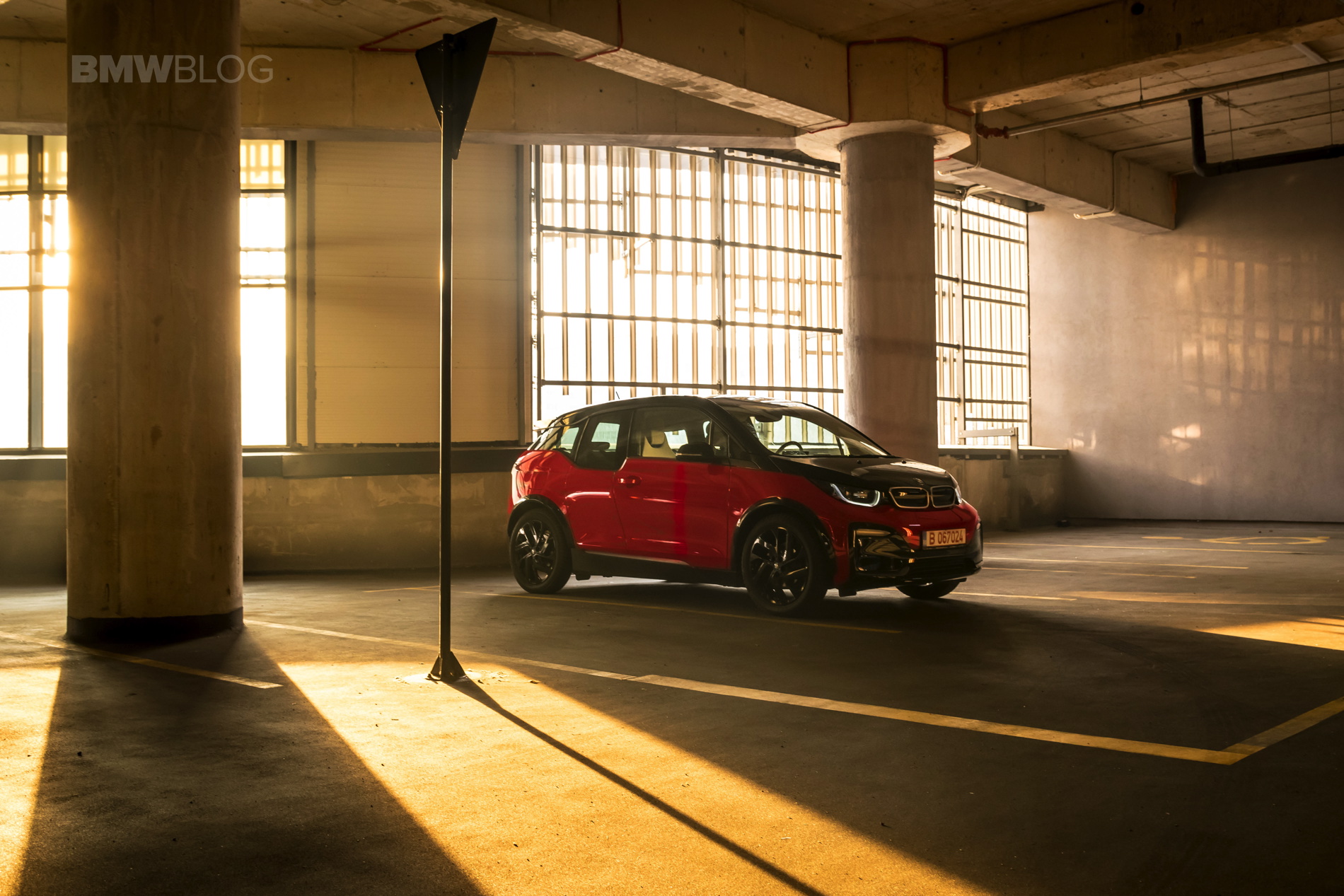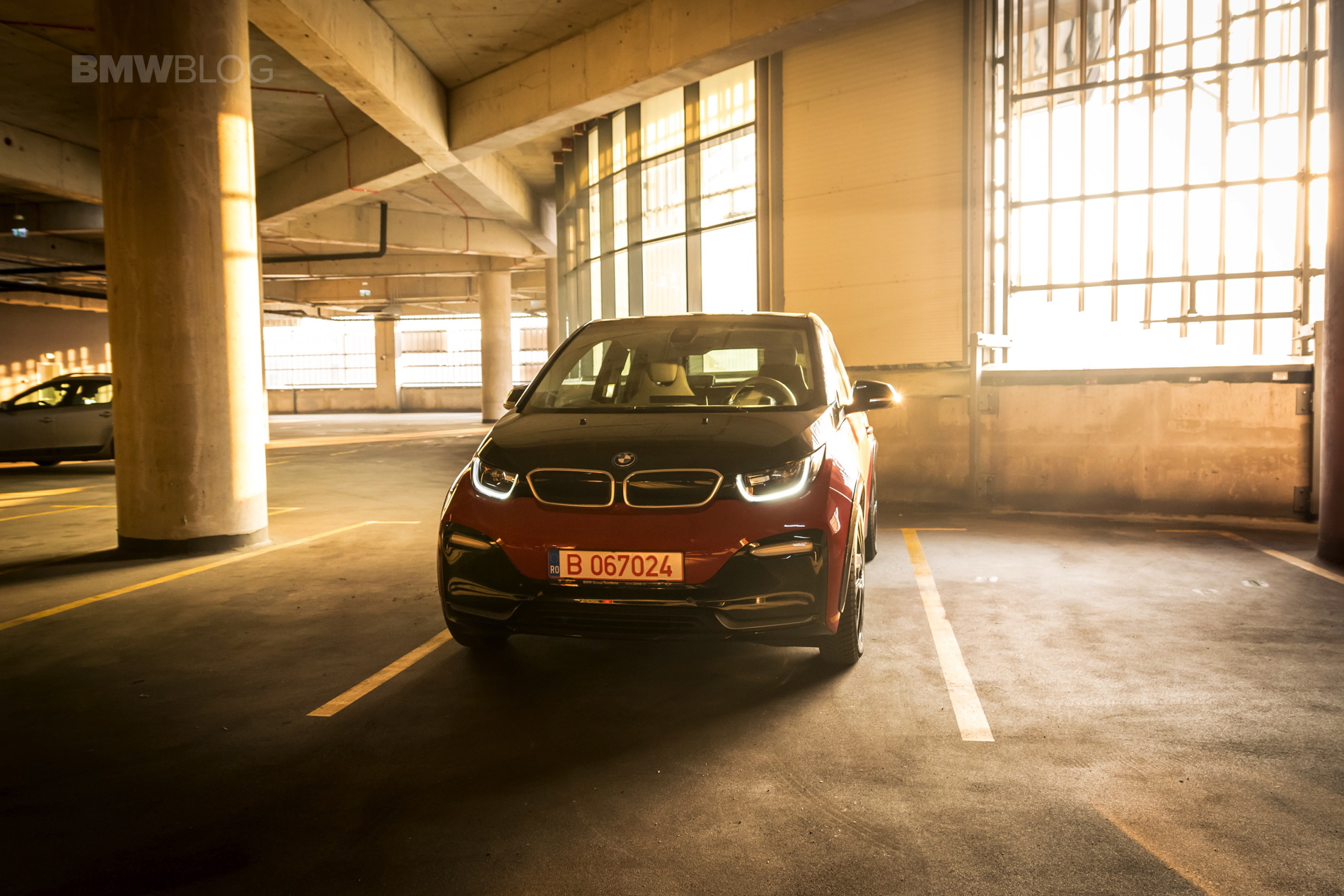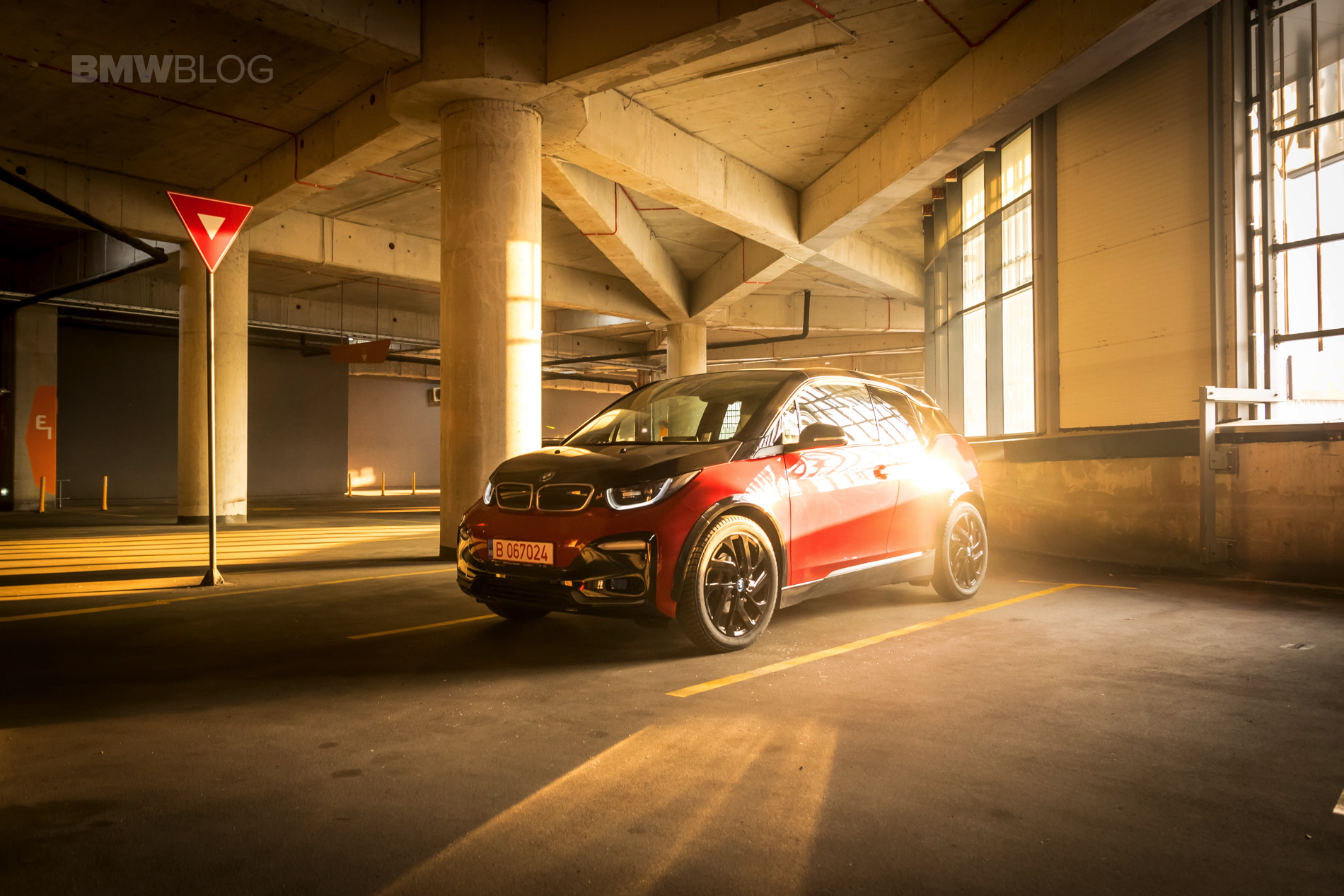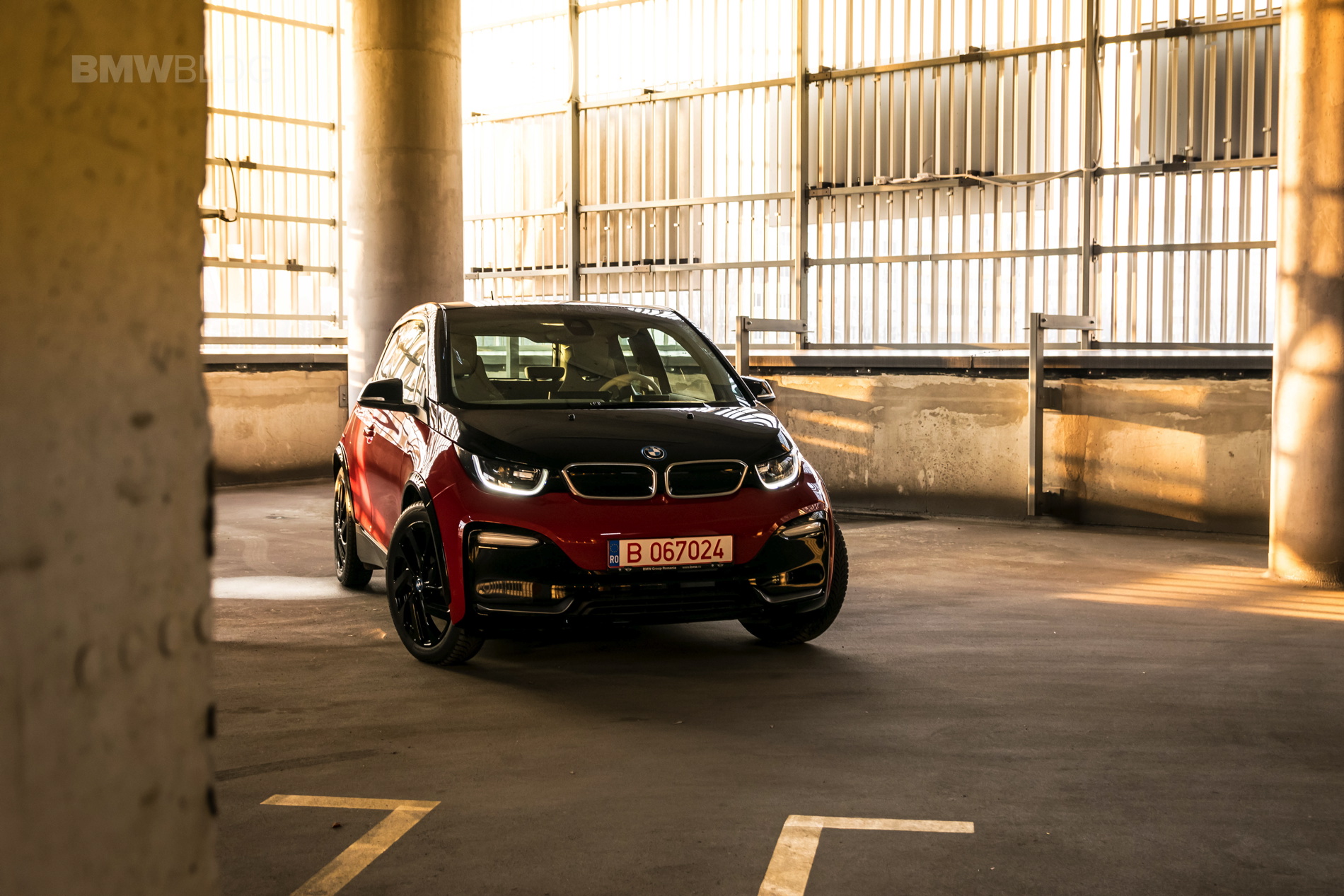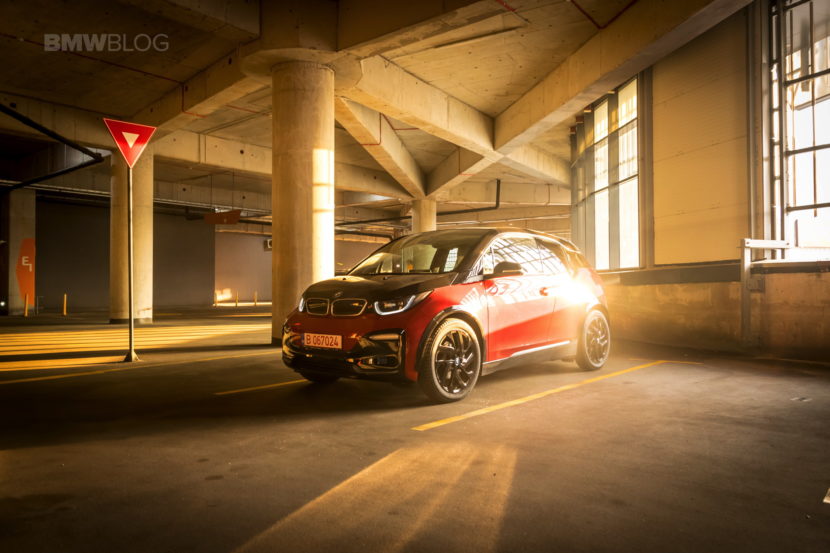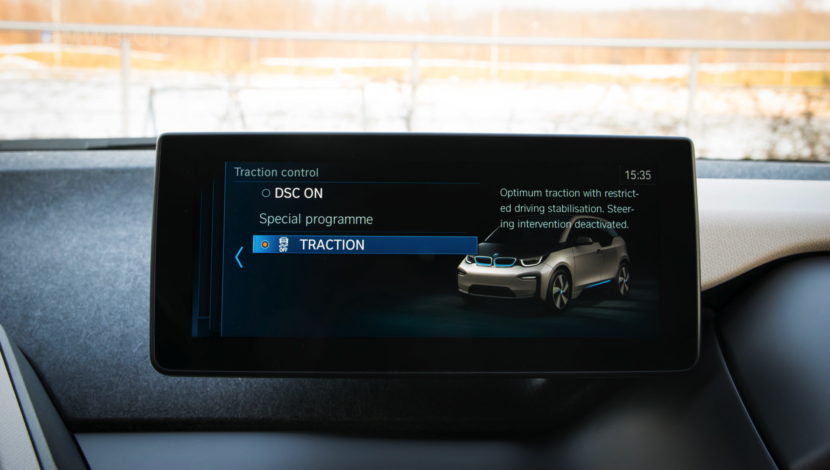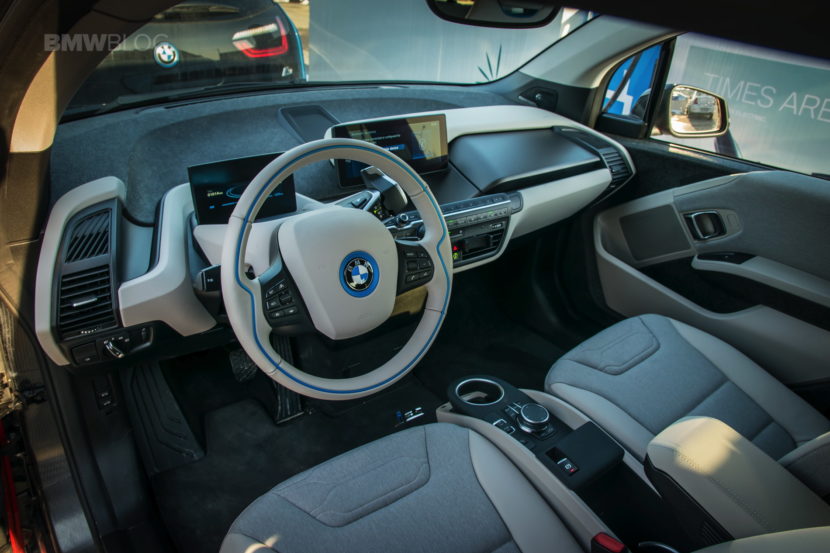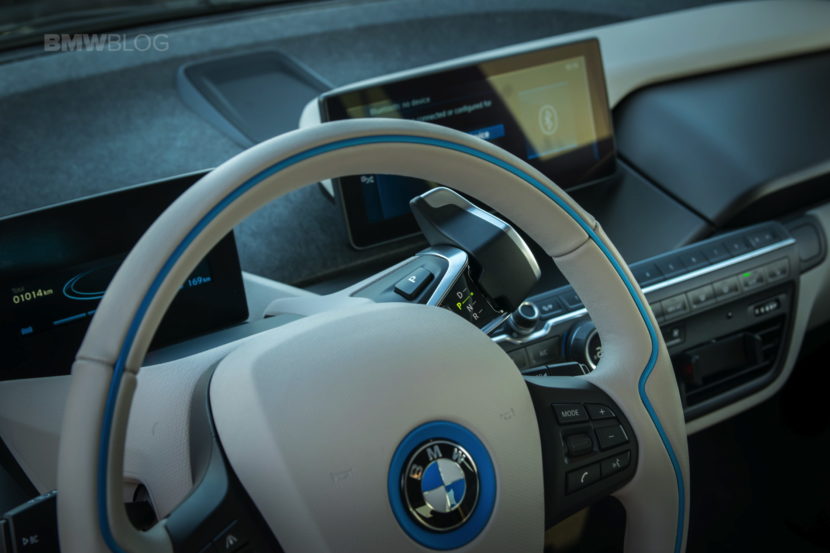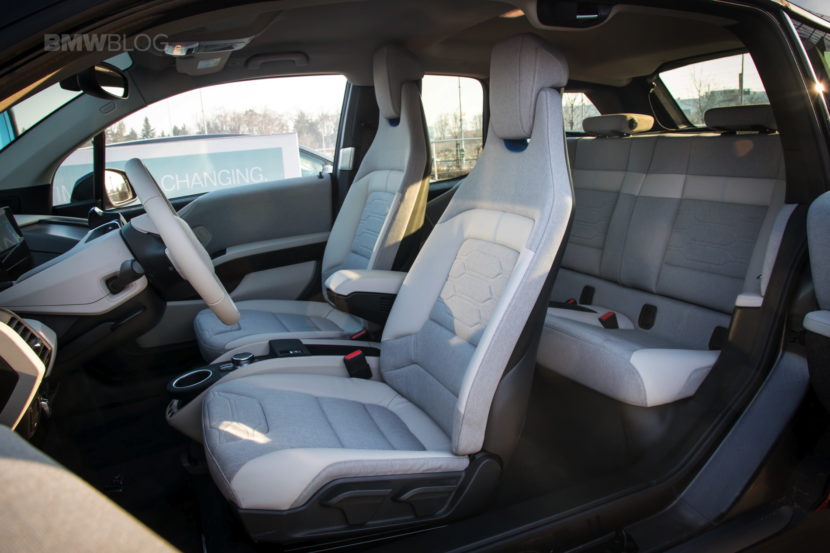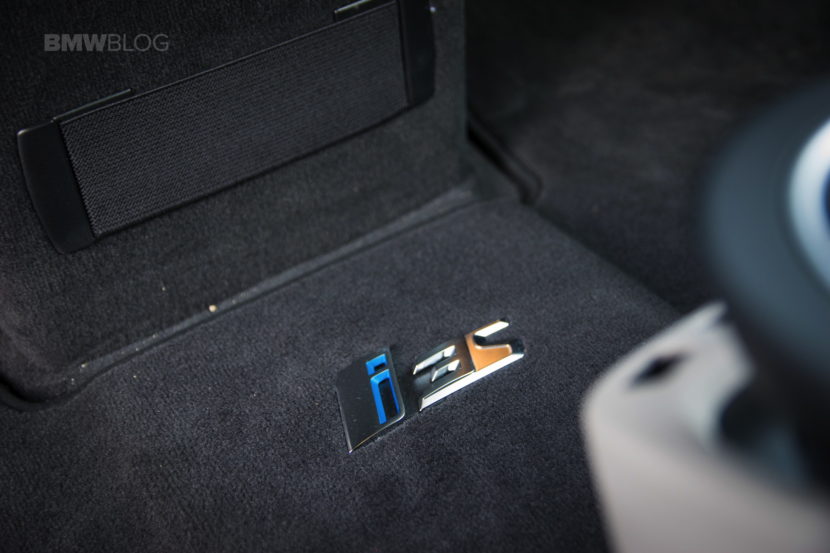As the old song goes,” it ain’t easy being green” and that’s especially true when you’re BMW and trying to adapt your brand image to these new eco-friendly times. The Germans decided to give it a go as early as the new millennium rolling in and ever since, they have been looking for the perfect solution that would involve a holistic approach. Unlike other manufacturers, the people in Munich decided to take it slow and try to figure out what people need and how to deliver it without destroying the entire planet in the process.
It all started out with a fleet of electric MINIs that were used by volunteers over a couple of years, to get a sense of just how much one travels on a daily basis. The idea was to get tangible results from normal people, results that would show BMW exactly what kind of range to infuse in its future electric vehicles, so that the size of the batteries could be kept in check and through them the weight of the cars themselves.
The whole plan was to create cars for urban mobility with a minimal CO2 print, a compact size and a funky design. A couple of years after this experiment was completed, we got our first results and BMW knew exactly how large its batteries had to be and how far its cars are supposed to travel. According to their findings, the usual commute is no longer than 20 miles a day, which means that if you offered customers a car with a range of about 100 miles, a full battery should be enough for a whole week of going to work and back again. The original BMW i3 delivered exactly that.
Then Tesla started causing waves by bringing out more evolved versions of the Model S, with bigger batteries and longer EV ranges while also offering their customers a wider variety of models. The competition then stiffened up with other cars coming out, like the Nissan Leaf, or the Chevy Bolt. That being the case, and since the i3 was not the cheapest electric vehicle around, the Germans had to take measures.
The first one came in the shape of a new battery that allowed more energy to be stored without increasing its size to the point where you’d have to develop a new chassis altogether. This increased the range of the i3 even more and, even though range anxiety wasn’t necessarily an issue for urban usage before, the new i3 was regarded as a better proposal by most EV enthusiasts. Fast forward to late 2017 and the time had come for BMW to take the veils off the facelifted i3 and its sportier alternative, the i3S.
Initially scoffed at by most people mostly because of the fractional improvements in the horsepower department, the i3S represents more than just a gimmick or a marketing scheme to squeeze more money from ‘unsuspecting’ new customers. With the world focusing more and more on electric vehicles, there will come a time when they will be the norm and the petrol-powered alternatives the exception. That said, even though there are interesting EV supercars out there already, like the Rimac Concept One, more affordable choices will have to emerge for the wider masses. Therefore, even though the i3S is not a sports car, it can definitely be considered on par with warm or even hot hatches to some extent, as we learned after some time spent behind its wheel.
Delivering a fast and fun to drive electric vehicle isn’t an easy task. Alas, a brand like BMW would undeniably be interested in how EVs are evolving, especially since the paradigm that dictated eco-friendly models are supposed to be boring is starting to shift. For BMW that’s of special importance, as the Bavarian brand has established itself as one that builds fun to drive cars more than anything else, and that’s bound to remain its pedigree in the future. But how do you deliver electric vehicles with great driving dynamics without asking for half a million dollars in the process? You do what you’ve always done: refine a tested recipe.
BMW i engineers were therefore tasked with improving the i3 in all the right areas so that the i3S would bring a whole new world of experiences to the driver. Since changing the batteries or the electric motor with vastly bigger alternatives wasn’t an option, other areas had to be developed in smart ways, like the suspension, tires and even looks.
Because yes, the i3S does set itself apart from the regular i3 LCI from the moment you look at it. Sure, the odd looking, narrow wheels are still there, offering the car a ‘cart-like’ look from afar, looking as if it was sitting on stilts but this time round, the wheels and the tires are a bit wider than on the standard model. Not necessarily instantly noticeable, but the overall package looks beefier mostly thanks to the air blades on the front bumper and the wider wheel arches, modified to accommodate the new wheels .
In absolute terms, the new 20″ sport wheels, are half an inch wider than the previous optional 20” wheels you could get on the standard i3. This allowed the engineers to fit the car with wider tires too, the rear measuring 195/50 R20 while the front tires add up to 175/55/R20. These new wheels are available in polished silver, and in Jet Black. Our tester was fitted with the latter option and winter tires, as we were experiencing some snow fall and sub-zero temperatures. The wheels and tires would cut into the range of the car as we would later find out.
But that’s just part of what’s been changed on the i3S. The suspension was worked on as well and the S version comes with what BMW calls a ‘sport suspension’ which aims to improve things in all the right places. The car sits 10 mm lower than the regular i3 and it is also 44 mm wider. You’d be hard pressed to notice if you were to look at the two with a couple of hours in between but get them next to one another and you’ll notice the meaner demeanor the i3S has. Furthermore, the newly developed springs, shocks and anti-roll bars also play into the tune of a sportier feel when you set off.
Maybe BMW wanted us to feel a bit less comfortable behind the wheel of the i3S to let you know that the car you’re driving truly is different from the regular i3 but to be honest, you’ll have to drive them back to back repeatedly to notice the stiffer ride in the i3S, especially in Comfort mode. Get it in Sport mode – Yes, the i3S has a Sport mode – and things change quite a lot. The i3 is a fast machine in its own, not necessarily because of its top speed but because of how it makes you feel. The i3S builds up on that and delivers even higher velocities in shorter periods of time.
According to BMW, the i3S is 0.4 seconds faster than the regular i3 and that goes down not only to the extra 14 HP and 15 lb-ft of torque (184 PS and 200 lb-ft in total) but also to the way the suspension and, most importantly, the DSC is set up. Not long ago we were telling you that the DSC system developed for the i3S will be used on other BMW cars as well in the future and some people just skipped on that bit of news because they never thought it mattered. I wouldn’t blame them either, as I too could’ve been accused of ignorance at first. Then I experienced the i3S and realized just how important and most of all fast the DSC system on it is.
You can turn the DSC system partially off inside the i3S and that will reveal just how much wheelspin the electric motor can provide in every given situation. Since I was really dealing with narrow tires and driving on cold asphalt, the DSC light in the dash did start to flicker as soon as I touched the acceleration pedal, especially when making a turn. And yet I was completely safe and I could feel the DSC system intervening, keeping things in check and allowing me to have some fun at the same time. Combined, all these tricks applied by the BMW engineers do offer the i3S a character of its own. If the i3 was considered fun by most people, the new S version will be loved even more for the way it drives and I’m not referring to straight up speed here.
Sure, the i3S is almost half a second faster than the i3 but, as I said, but the latter couldn’t be accused of being a slouch in the first place. The biggest difference will be noticed at speeds around 50 mph and above. And since you’d have to be on the highway to make sure you’re not breaking the law with such velocities, you’ll also notice that the i3S is more composed in such an environment.
If you ever drove an original i3 on the highway at speeds over 60 mph then you probably noticed that any overtake would tilt the car quite a lot, especially if we’re talking about a truck passing you by. The uneasy balance of the i3 was due to the tires and the tall body but on the i3S, due to the wider track and tires and improved suspension, the car feels a lot more planted in the same situations. And since we’re mentioning highway speeds, I should also mention that the extra 14 ponies also provide the i3S with a higher top speed than its counterpart by 6 mph.
Inside the cabin you’ll find things basically unchanged with three notable exceptions. The first one you’re going to notice is the new iDrive system, that was finally upgraded to the latest 6.0 version. This brings the new 6-tile design into focus and the screen is still dominated by a blue theme which looks really good. Touch-sensitive screens are yet to be offered but, as I find myself saying in almost every review, it would be counterproductive to reach for the screen since the iDrive rotary knob next to your fingertips does such a great job at navigating through the menus.
The second thing you’ll notice is the i3S badge on the front floormat. Yes, that’s singular because someone in Munich thought that a single, 5-foot mat would be a good idea which definitely is not an opinion shared by this particular editor, especially if you like to clean your car yourself. Last, but definitely not least, the third novelty would be the Sport button.
Unlike the regular i3 where you get to choose between ECO Pro+, Eco Pro and Comfort, in the i3S you also get Sport mode. The range will drop accordingly when you enter this sportiest of settings but you’ll also notice what a ‘razor sharp’ throttle response really means. The suspension also stiffens up and the steering becomes artificially heavy. If I have one gripe with this driving mode it’s definitely the steering which feels too heavy to me. But then again, maybe that’s just me.
All things considered, the i3S does really set itself apart from its brother. It’s a faster, more stable car that does turn things up to ten when you want it to. It’s more powerful too, which does come in handy but what about the effects all these changes have on the range?
The i3S comes with the same battery as the i3. That means it has to rely on a little over 30 kWh and not all of that is actually usable. That said, when you take into consideration the wider tires, more powerful motor and the way you drive this car, it’s only natural to get less miles out of a full battery. Last summer, I took the i3 out for a test and found that you can get about 150 miles out of a charge, if you’re careful with the throttle. This time around, I noticed that I couldn’t squeeze more than 100 miles. Mind you, this time around, the test happened during winter time and temperatures didn’t register positive values throughout my time with the car. It was cold and that also had something to do with the range. All in all, I’d say in warmer climates you’d probably be able to get 120-140 miles out of it, which is not bad at all.
It’s only a matter of time until the market will be dominated by electric vehicles. It’s become inevitable but a lot of people out there are still dreaming of having fun behind the wheel, no matter how much money is being poured into autonomous tech. That said, it’s also a matter of time until the Motorsport division will infuse more and more of the tech developed by the people over at BMW i in their creations. Is that the case with the i3S? Not really, but what this car shows primarily is that BMW is heading in the right direction. The price difference between the i3 and i3S is just $3,000 but on the road, it feels like much more. If you’re interested in an eco-friendly offering but also want to have fun doing your daily chores around town, the i3 is already a viable solution but the i3S takes things just a tad bit further. Is it worth the extra dollars? That’s only for you to decide, as everyone has different priorities but I’d go for the i3S if I had to choose.
2018 BMW i3s Test Drive
Exterior Appeal - 8
Interior Quality - 9
Steering Feedback - 6
Performance - 8
Handling - 9
BMWness/Ultimate Driving Machine - 7
Price Point - 7
7.7
If you’re interested in an eco-friendly offering but also want to have fun doing your daily chores around town, the i3 is already a viable solution but the i3S takes things just a tad bit further


